Forums
- Forums
- Duggy's Reference Hangar
- USAAF / USN Library
- MARTIN P5M (P-5) MARLIN
MARTIN P5M (P-5) MARLIN
Post a reply
- Go to Previous topic
- Go to Next topic
- Go to Welcome
- Go to Introduce Yourself
- Go to General Discussion
- Go to Screenshots, Images and Videos
- Go to Off topic
- Go to Works in Progress
- Go to Skinning Tips / Tutorials
- Go to Skin Requests
- Go to IJAAF Library
- Go to Luftwaffe Library
- Go to RAF Library
- Go to USAAF / USN Library
- Go to Misc Library
- Go to The Ops Room
- Go to Made in Germany
- Go to Campaigns and Missions
- Go to Works in Progress
- Go to Juri's Air-Raid Shelter
- Go to Campaigns and Missions
- Go to Works in Progress
- Go to Skinpacks
- Go to External Projects Discussion
- Go to Books & Resources
-
 Main AdminIn 1944, the Martin company began design studies for a successor to the Mariner with the company designation of "Model 237", leading to award of a Navy contract for a prototype, the "XP5M-1", on 26 June 1946. The prototype "Marlin", as the aircraft was named, performed its initial flight on 4 May 1948.
Main AdminIn 1944, the Martin company began design studies for a successor to the Mariner with the company designation of "Model 237", leading to award of a Navy contract for a prototype, the "XP5M-1", on 26 June 1946. The prototype "Marlin", as the aircraft was named, performed its initial flight on 4 May 1948.
The prototype Marlin was heavily based on the Mariner, and in fact was modified on the production line from the last, unfinished PBM-5 Mariner. The Marlin, with the same wing but an extensively modified fuselage, stretched 3.35 meters (11 feet) and with a hull that extended the full length of the aircraft. It also featured a single very tall tailfin instead of the twin tall tailfins of the Mariner, with the horizontal tailplane featuring a strong dihedral. The new hull was much more seaworthy, and featured "hydroflaps" near the end that were used as waterbrakes on landing and were operated by the pilot's rudder pedals. The Marlin was a pure flying boat, incapable of landing on a runway.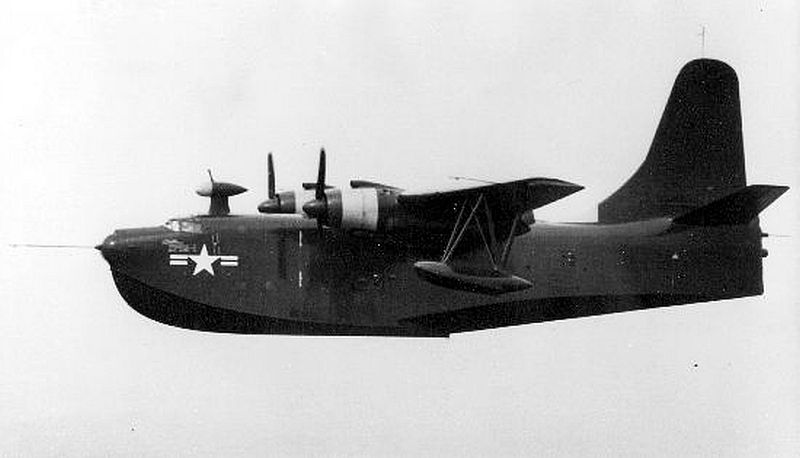
The XP5M-1 was powered by twin Wright R-3350-30 Duplex Cyclones with supercharging and 2,015 kW (2,700 HP) each, driving reversible propellers fitted with spinners. Four JATO bottles could be attached to aid take-offs. The XP5M-1 featured radar-guided nose, dorsal, and tail turrets, each with twin 20-millimeter cannon, and a teardrop or "football" radome behind the cockpit.
The Navy ordered the Marlin into production as the "P5M-1 / Model 237A", with numerous changes from the prototype. The hull design was revised once more; the nose turret was replaced with a radome for AN/APS-44 search radar, later replaced by the AN/APS-80; the cockpit was raised; the wingtip floats were mounted on single wide struts; and the dorsal turret was removed. The tail turret was retained, though the guns would often be removed in operational service.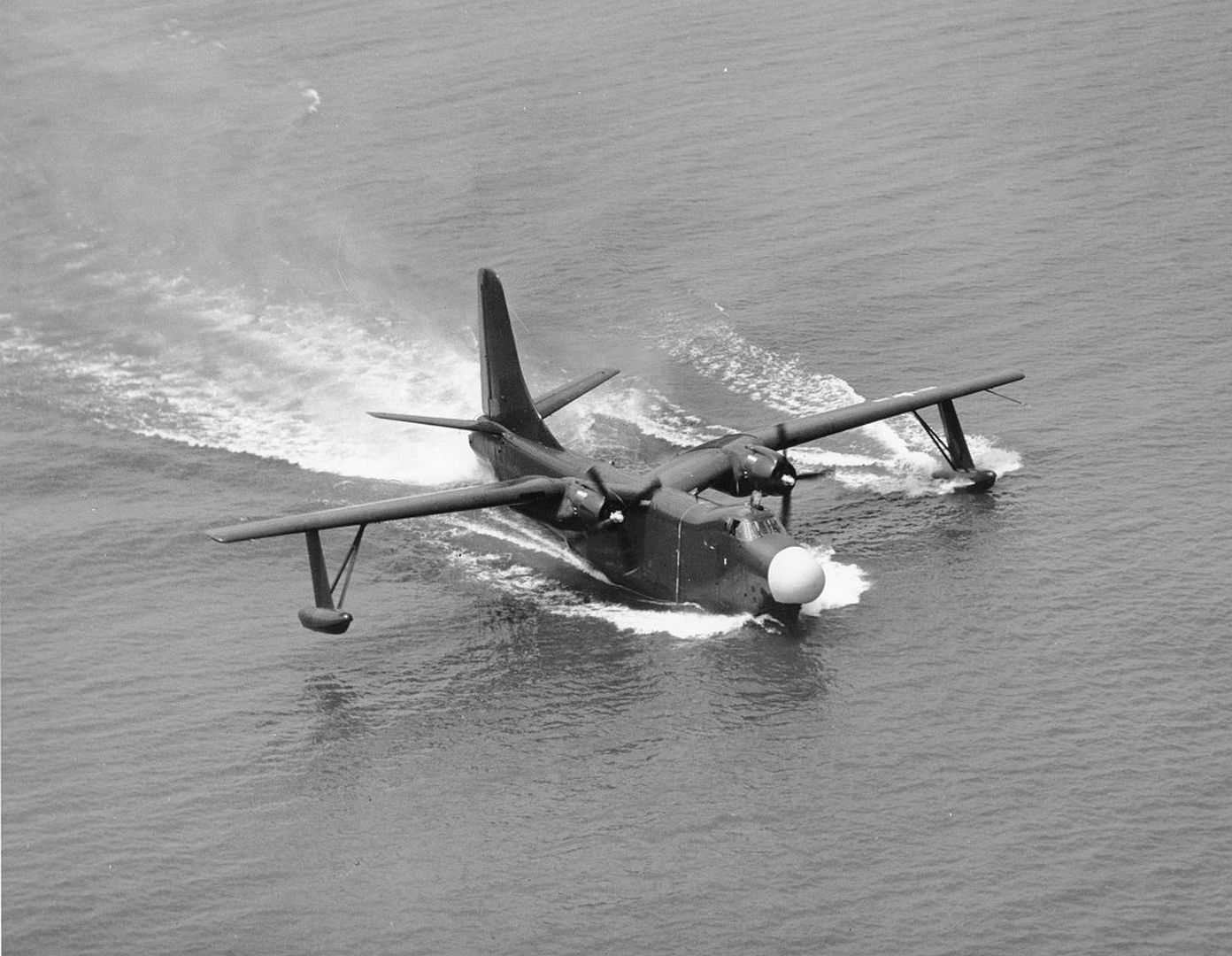

The production Marlin was powered by two Wright R-3350-30WA Turbo-Compound radial engines with 2,425 kW (3,250 HP) each and fitted in long nacelles. As in the Mariner, the nacelles included weapons bays that could each accommodate two torpedoes or two 900-kilogram (2,000-pound) bombs. Up to eight 450-kilogram (1,000-pound) bombs or other stores could be carried on underwing pylons. In practice, the primary underwing store would be the 76.2-millimeter (5-inch) HVAR rockets, to be used against surfaced submarines. Normal crew consisted of eight.
Initial service deliveries of the P5M-1 began in December 1951, with Navy patrol squadron VP-44 as the first operator. A total of 160 P5M-1s was delivered by 1954.
Most P5M-1s were given a comprehensive update in the late 1950s to optimize them for ASW, with gear including the Julie-Jezebel active-passive sonar system; a AN/ASQ-8 magnetic anomaly detection (MAD) system; an AN/APA-69 radio direction finding system in a small dome behind the cockpit; and an AN/APS-122 Doppler navigation radar in the tail. The modified machines were assigned the designation of "P5M-1S". Some Marlins were also fitted with a searchlight under the right wingtip, but it is unclear if this was done as part of any particular update program.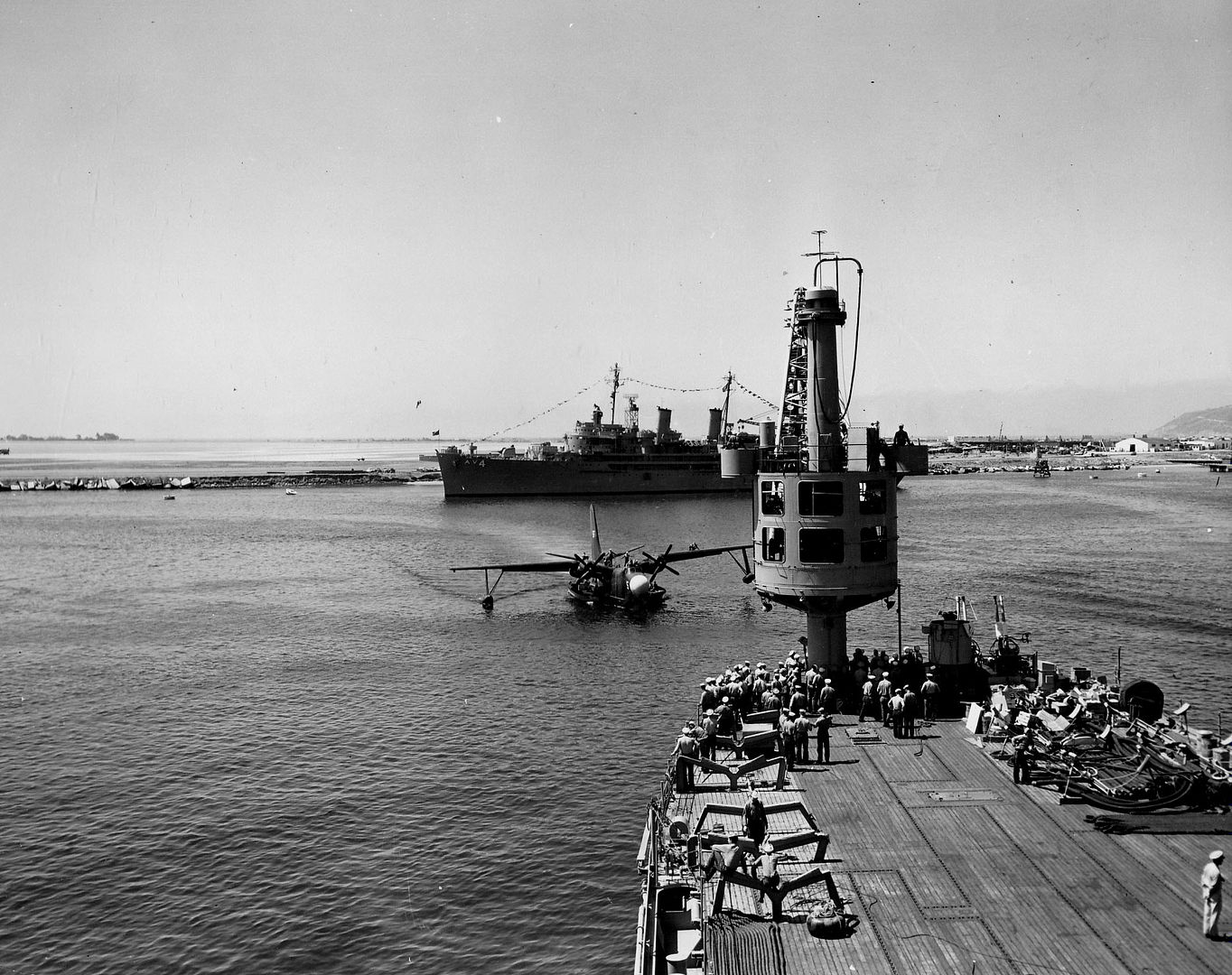
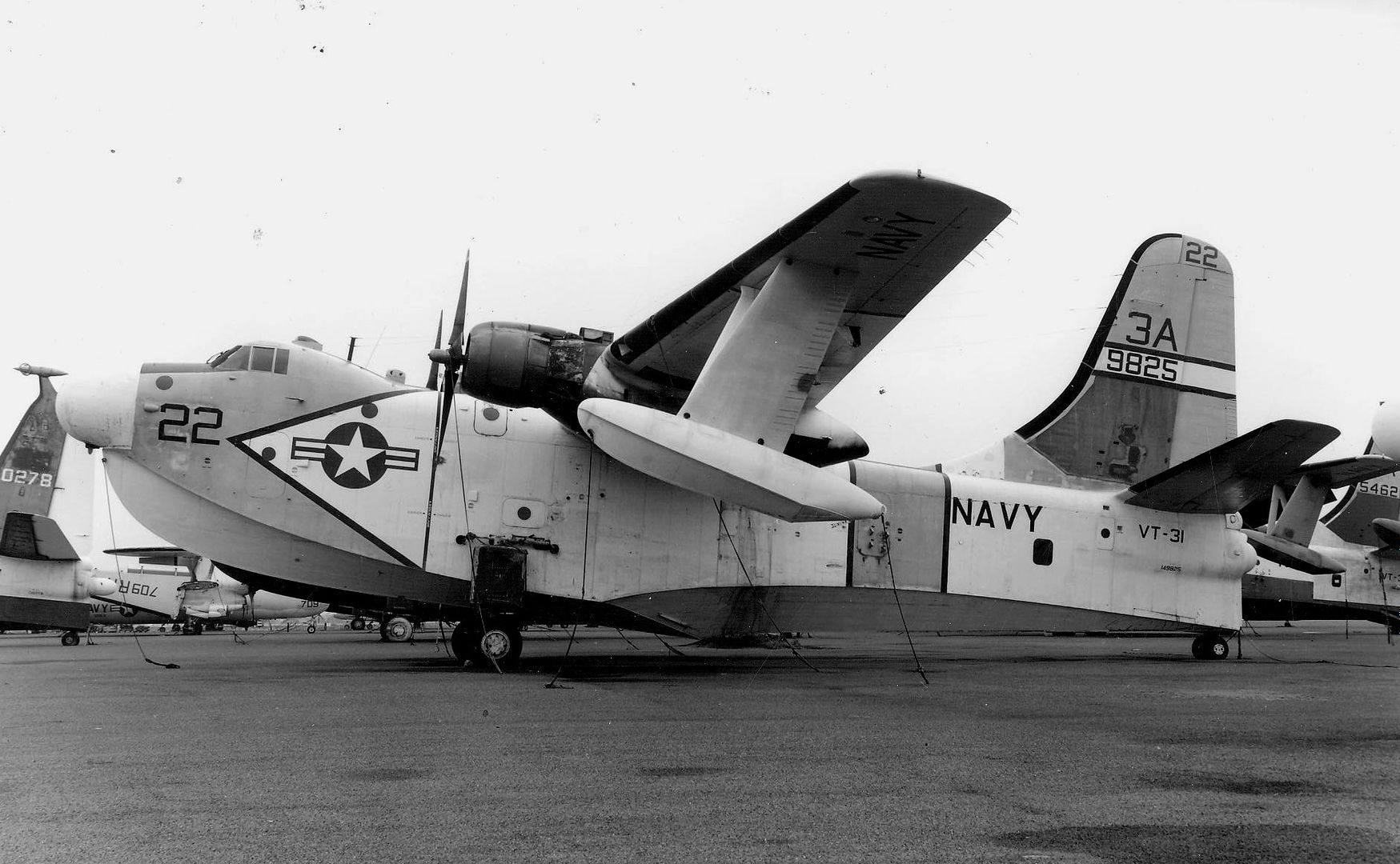
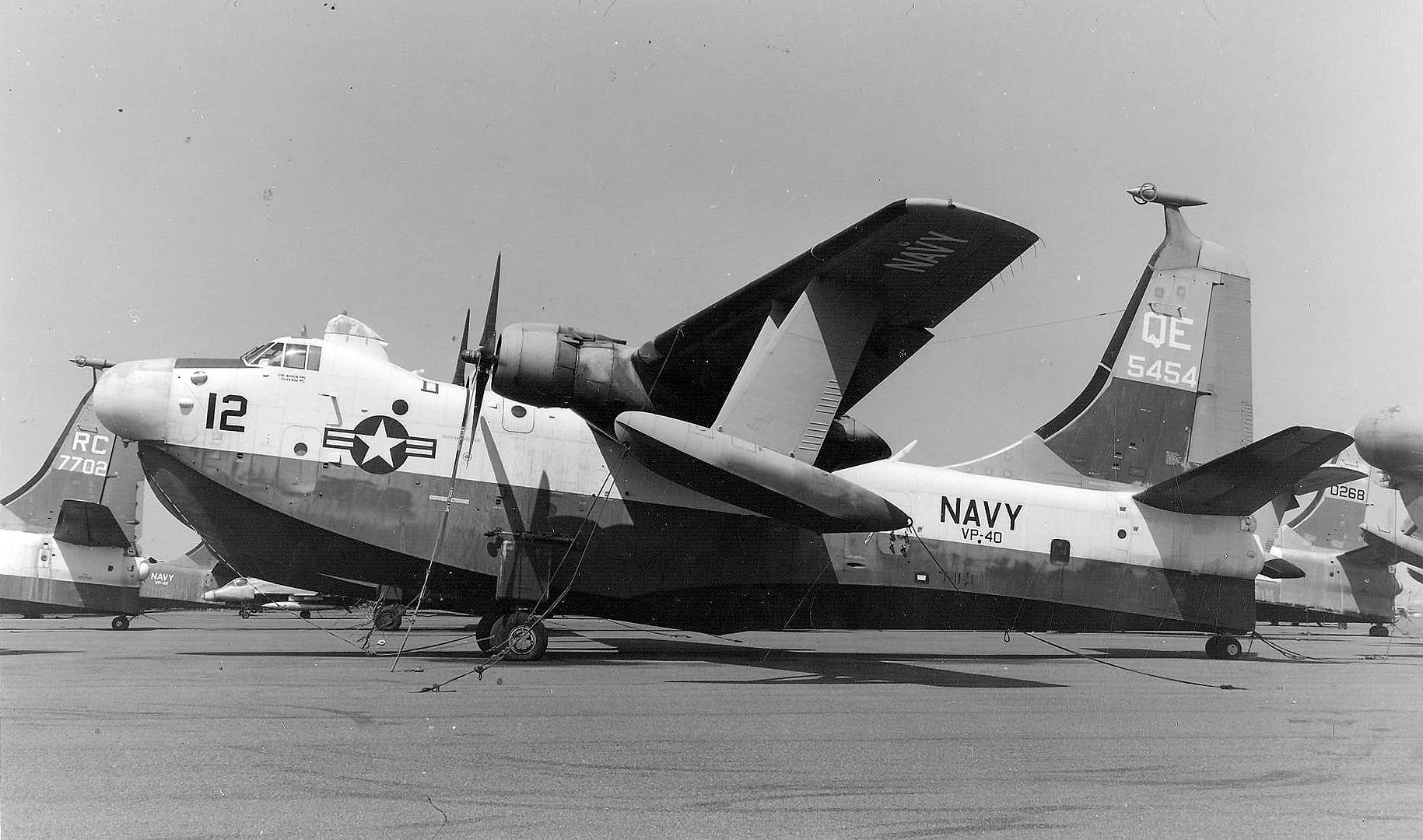


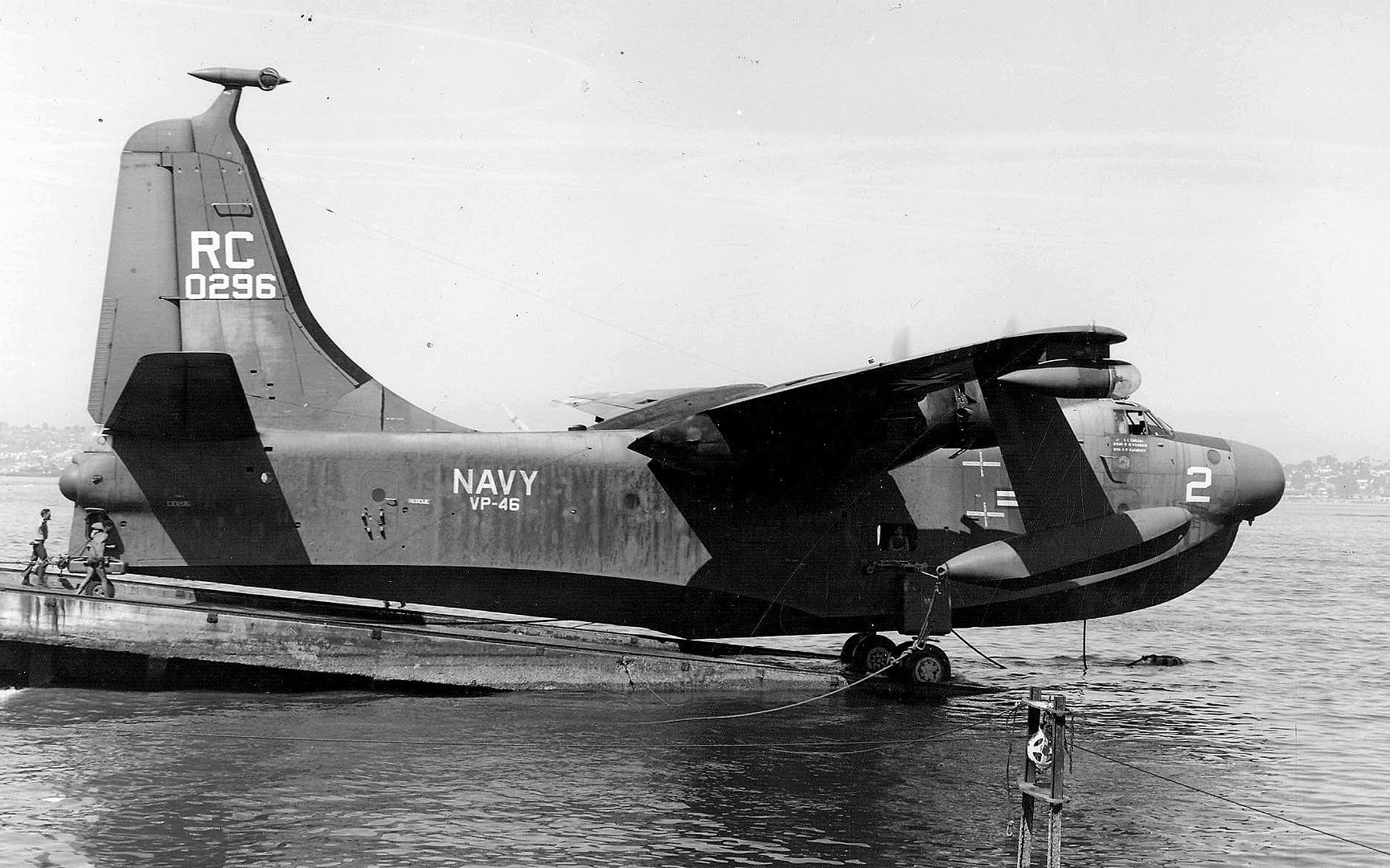

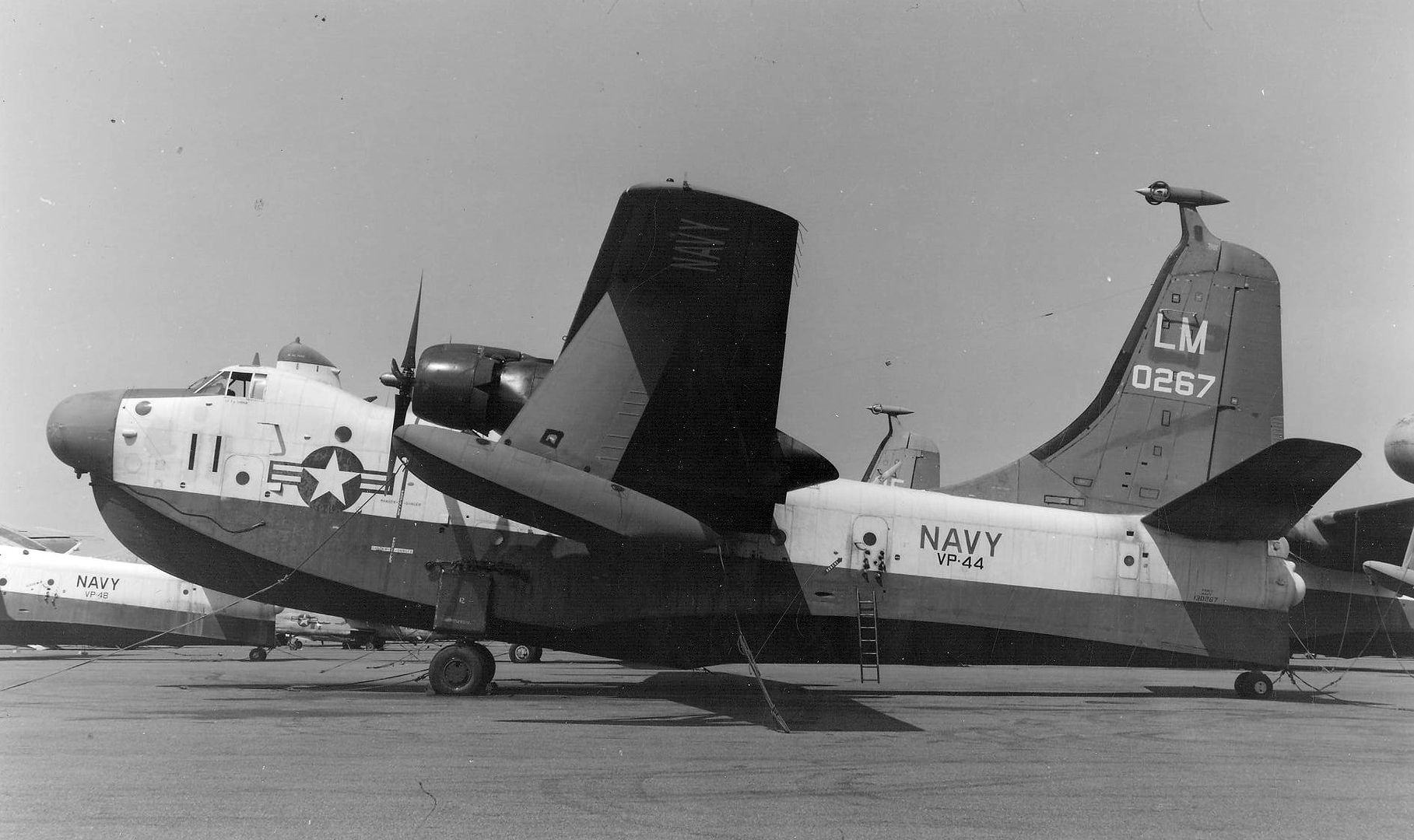
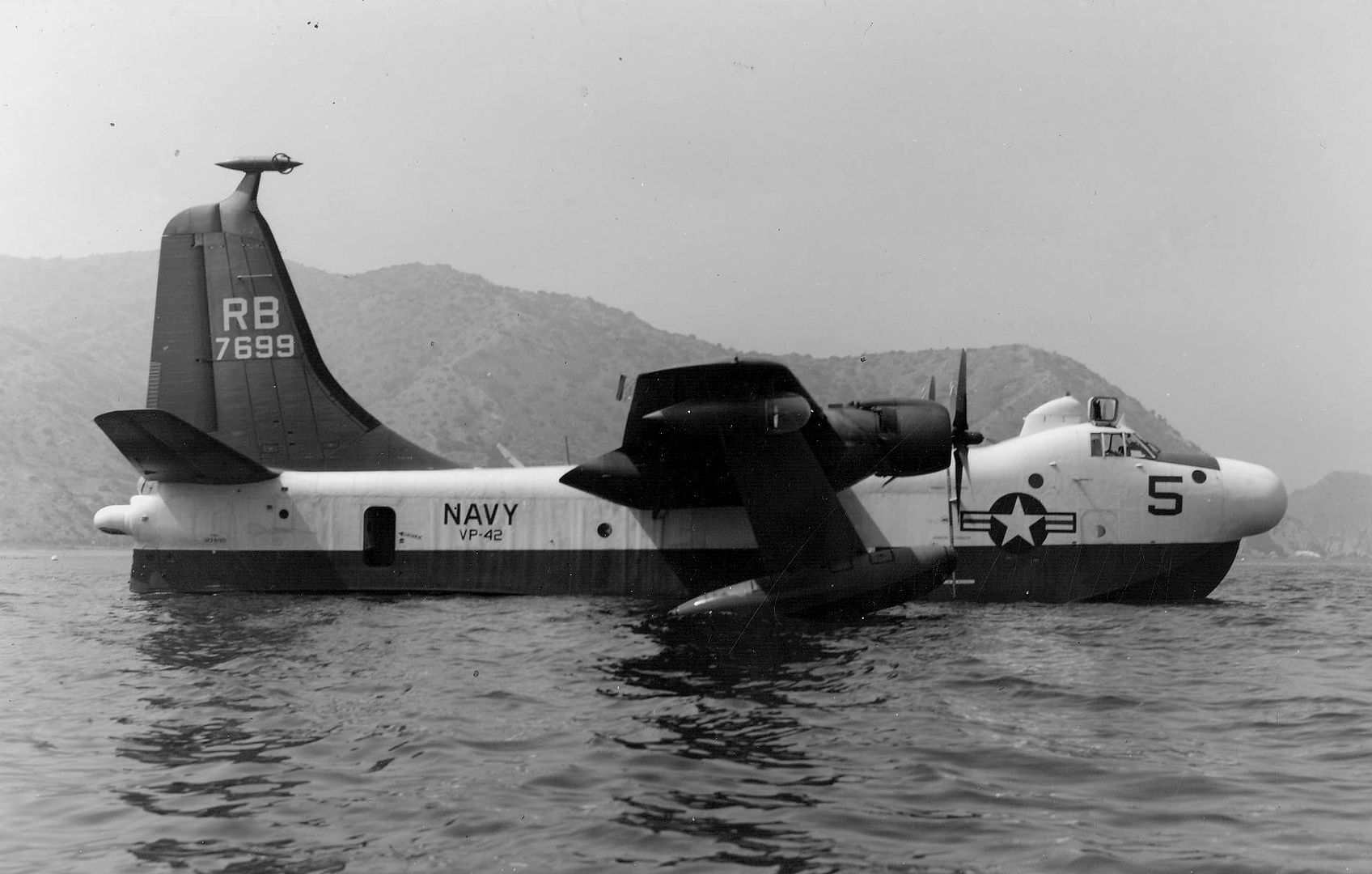
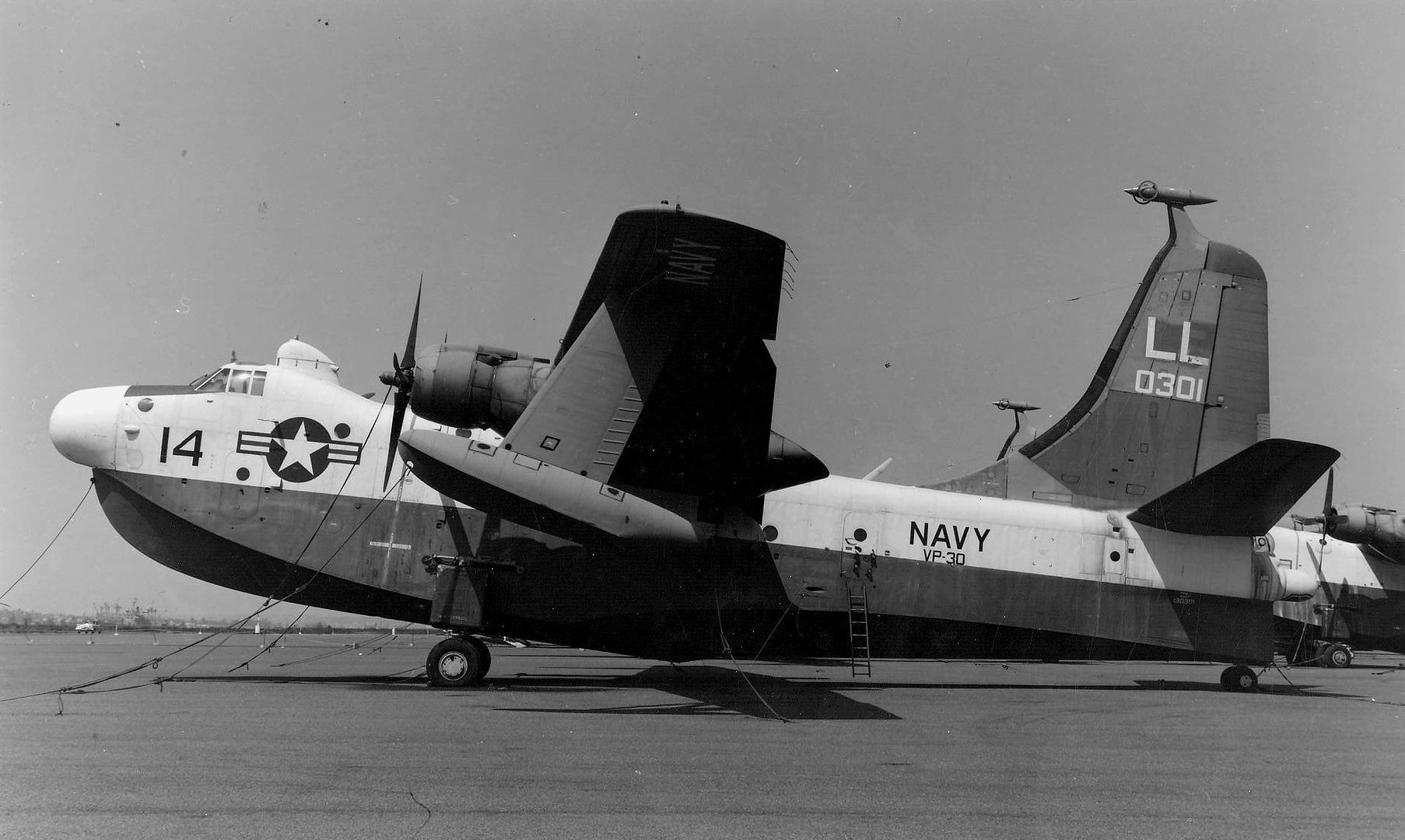
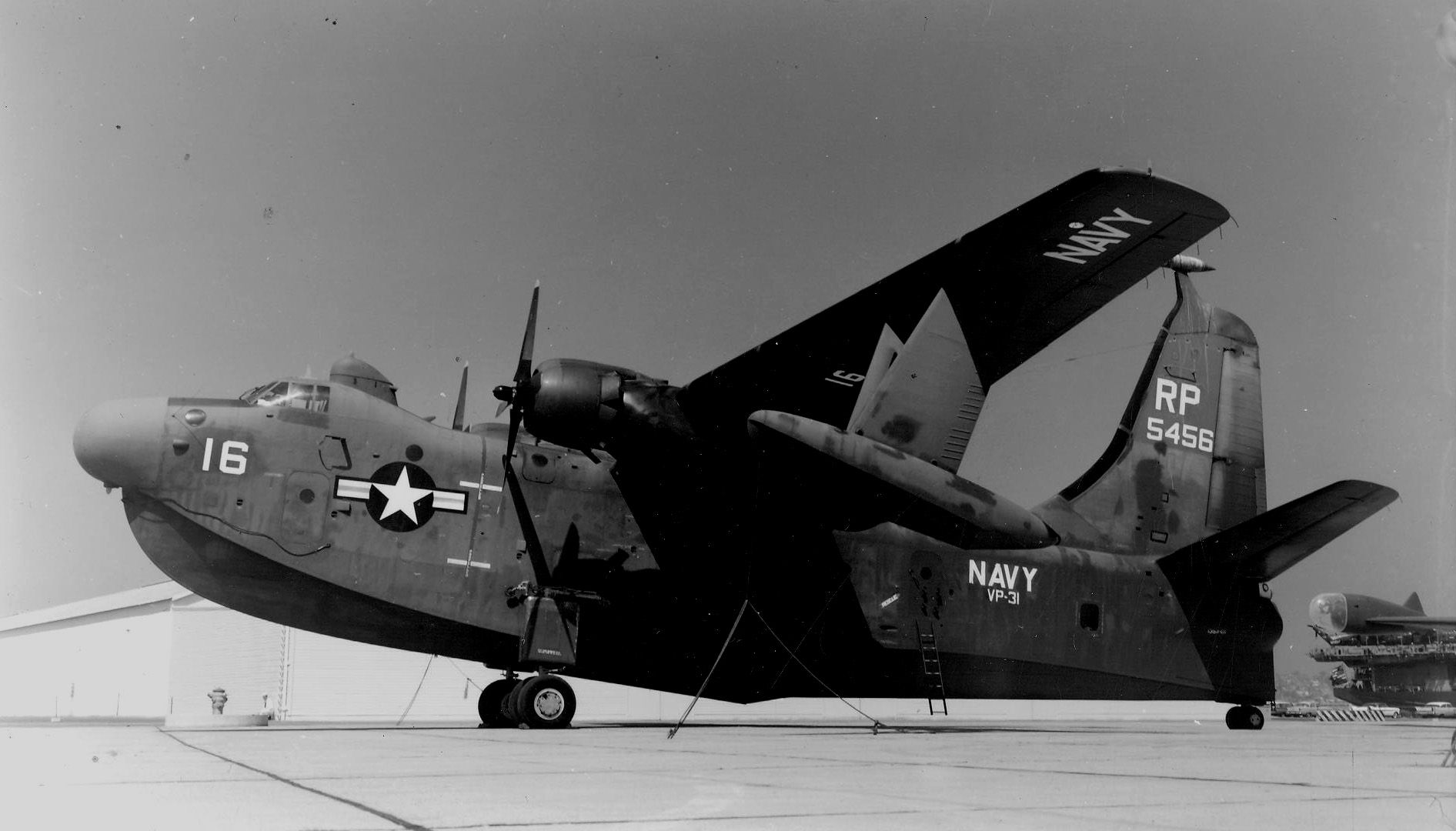
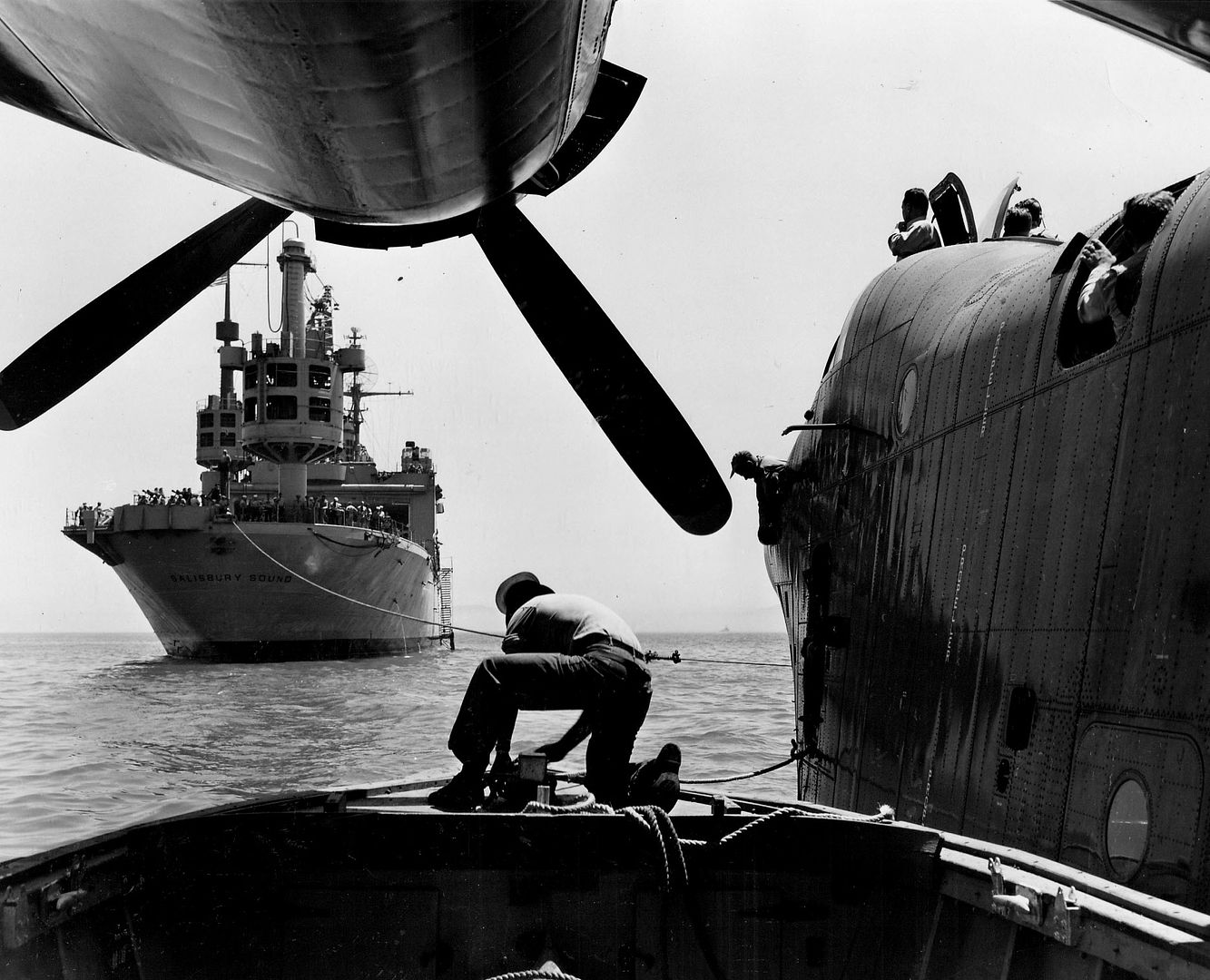
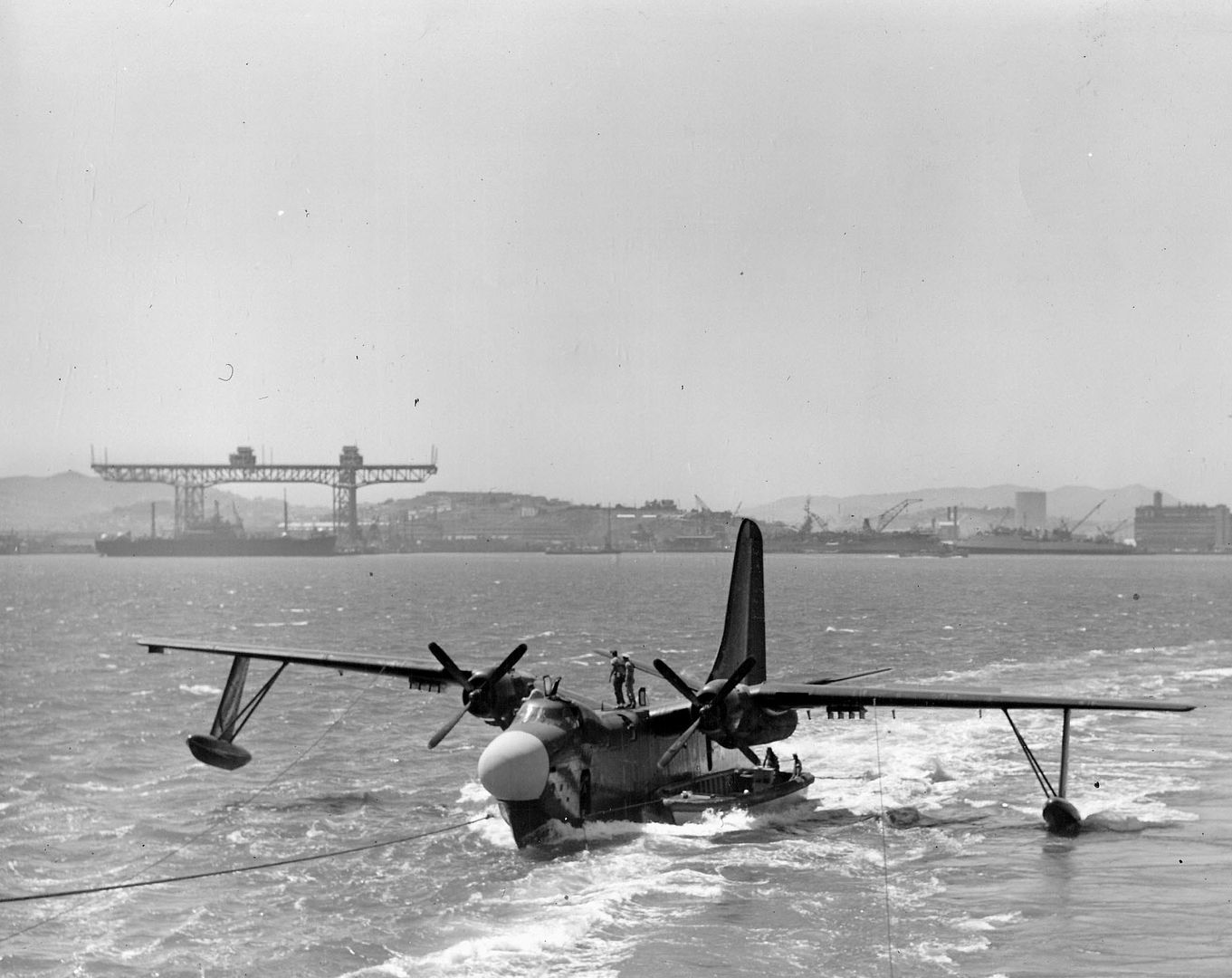
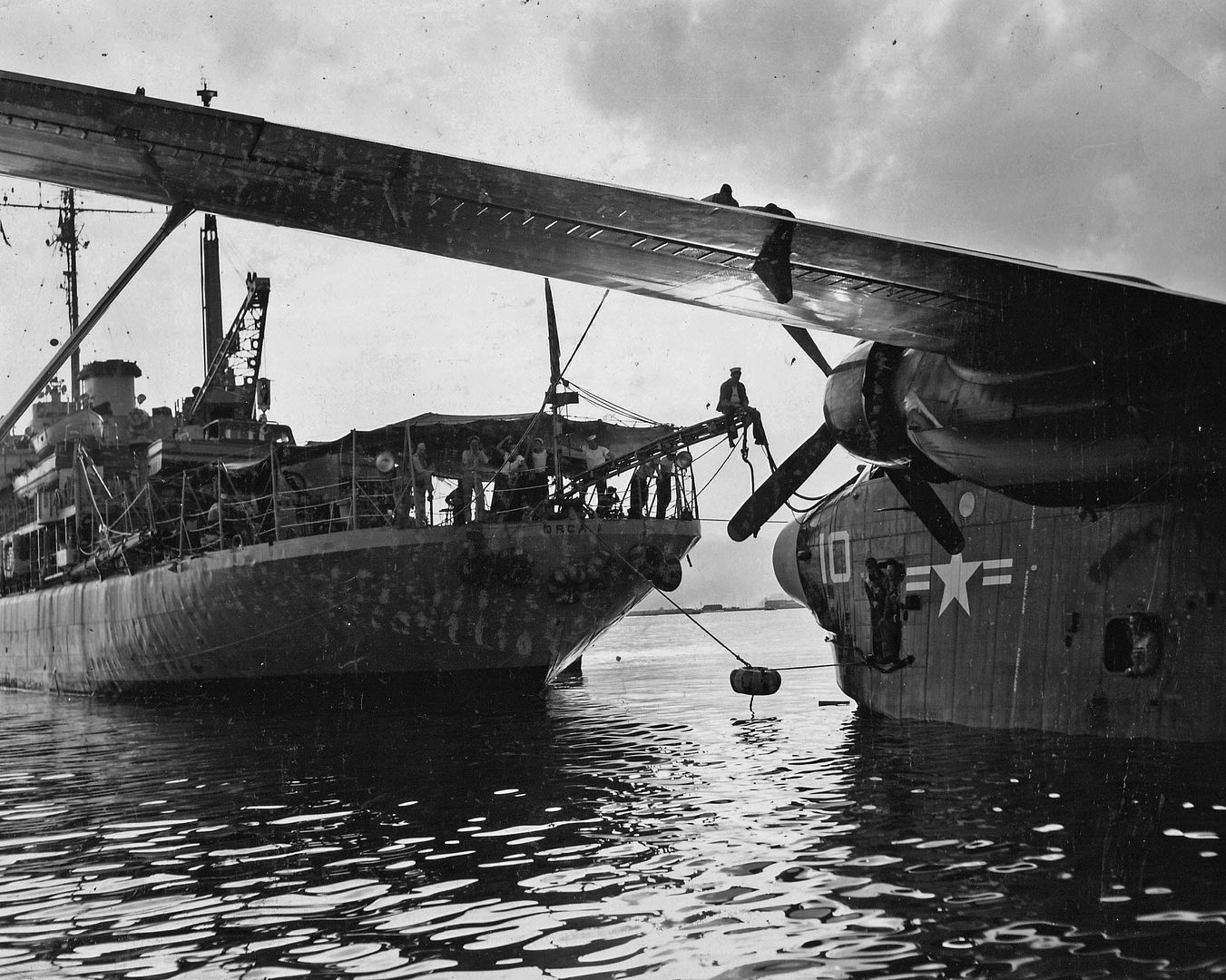
A total of 7 new-build P5M-1s was obtained by the USCG in 1954, with these machines designated "P5M-1G". These aircraft were used for the SAR role, lacked ASW gear and defensive armament, and were given a neat silver paint job. They were passed to the Navy in 1960 since the Coast Guard had obtained some more economical Grumman Albatross flying boats from the Air Force. The Navy gave the P5M-1Gs the new designation of "P5M-1T" and used them as trainers.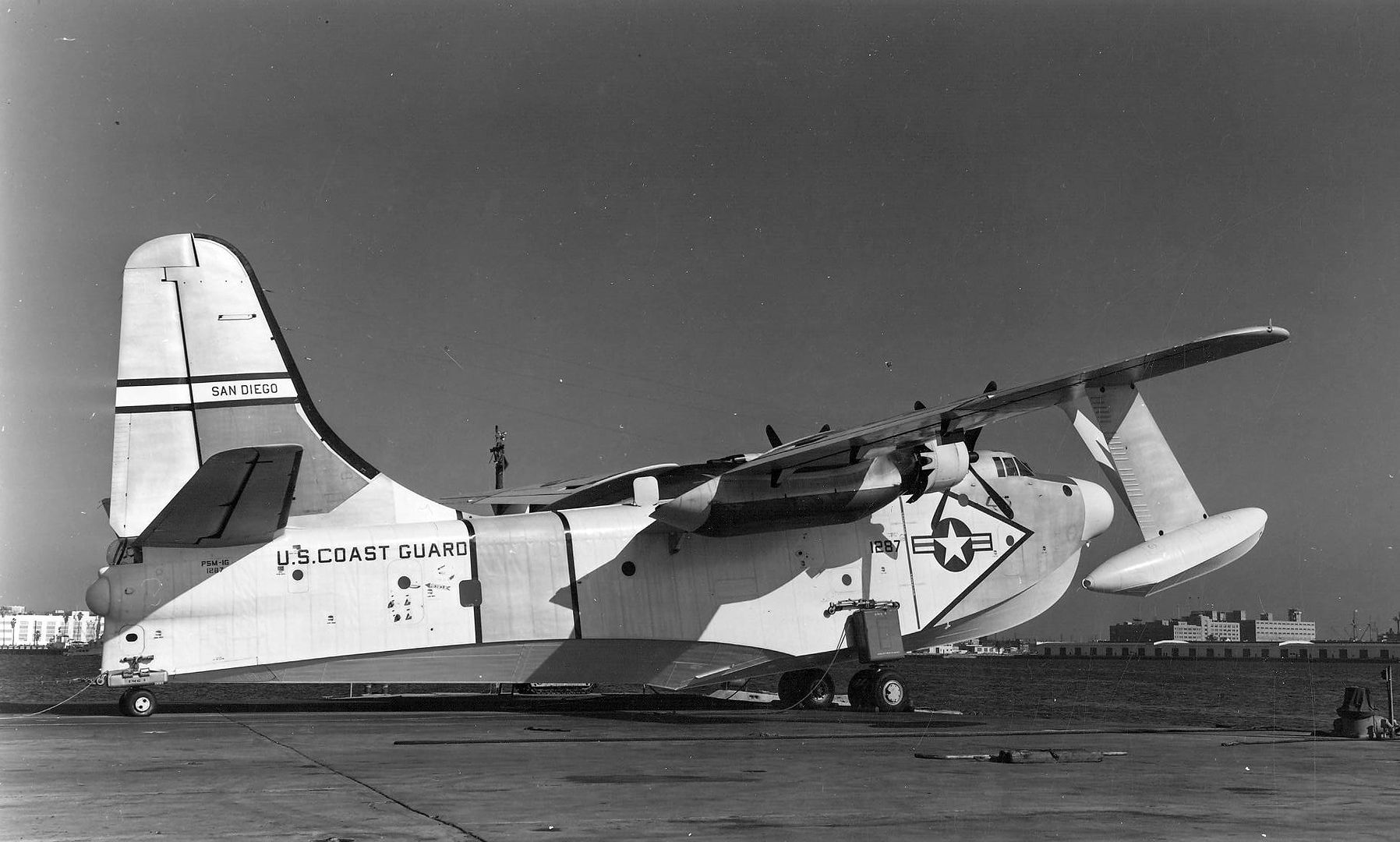

The XP5M-1 prototype actually remained in service well into the 1950s, being extensively modified to test improved hull designs and being redesignated "Model 270". It was ultimately scrapped.
"P5M-2 / Model 237B",
In 1951, Martin began a major redesign of the Marlin, producing the "P5M-2 / Model 237B", which first flew on 29 April 1954. The P5M-2 had a distinctive tee tail, with a MAD boom often fitted at the junction of the tailplanes. It also had much greater fuel capacity, which increased gross weight by over 5,500 kilograms (12,000 pounds), and uprated Wright R-3350-32WA Turbo-Compound engines with 2,760 kW (3,700 HP) each to handle the greater weight. The bow chine was lowered to reduce spray, and the crew accommodations were also improved.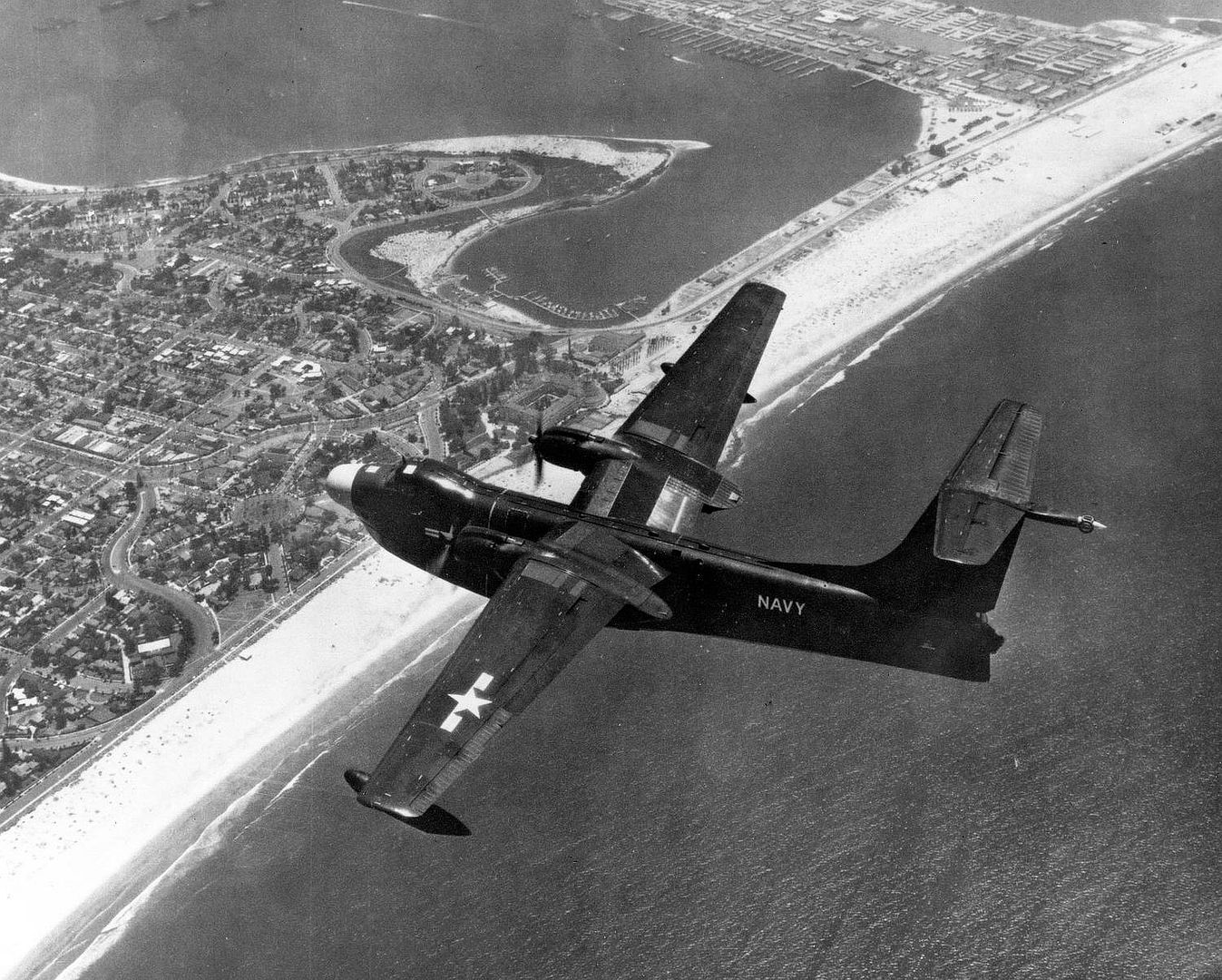
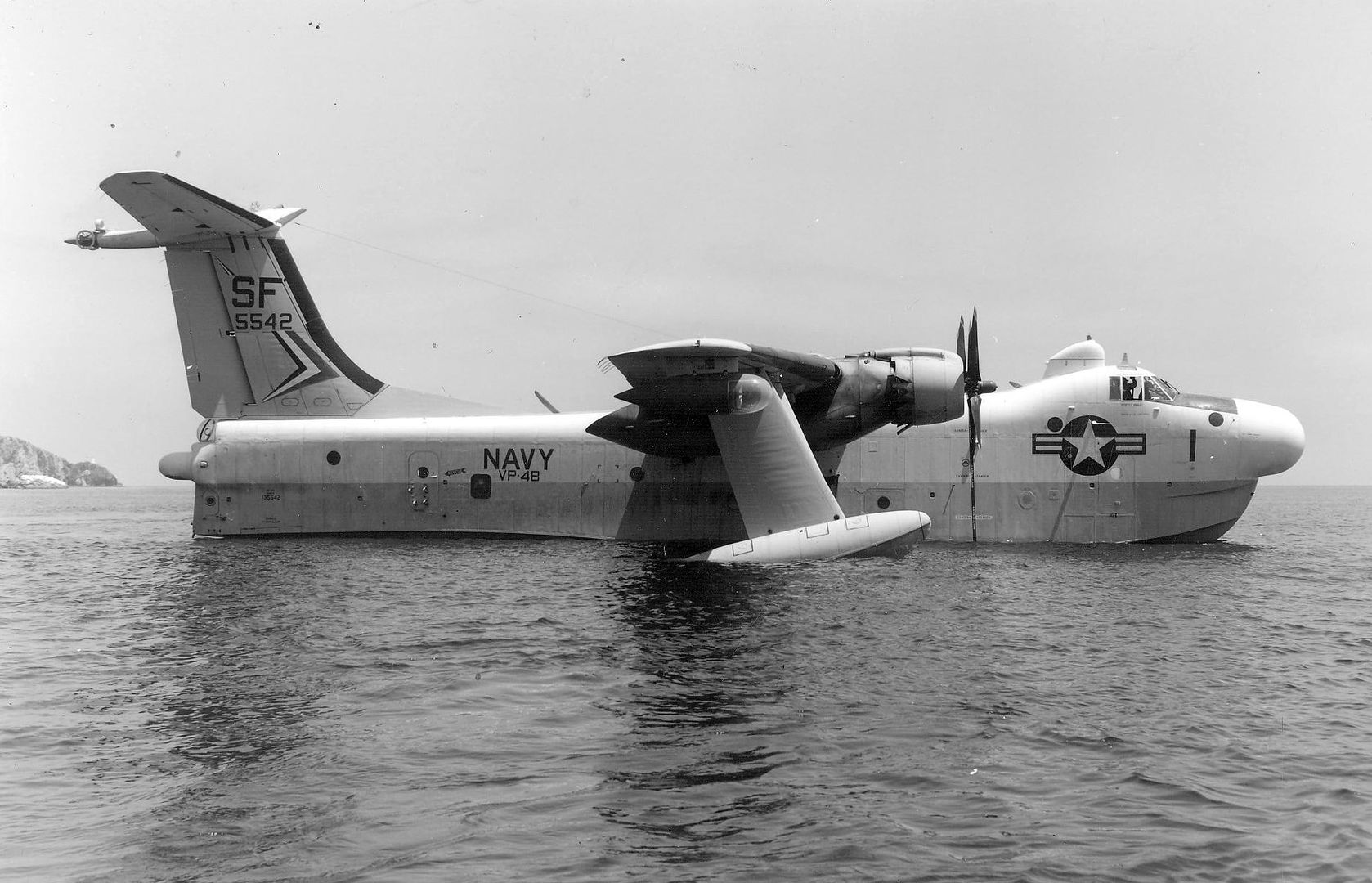
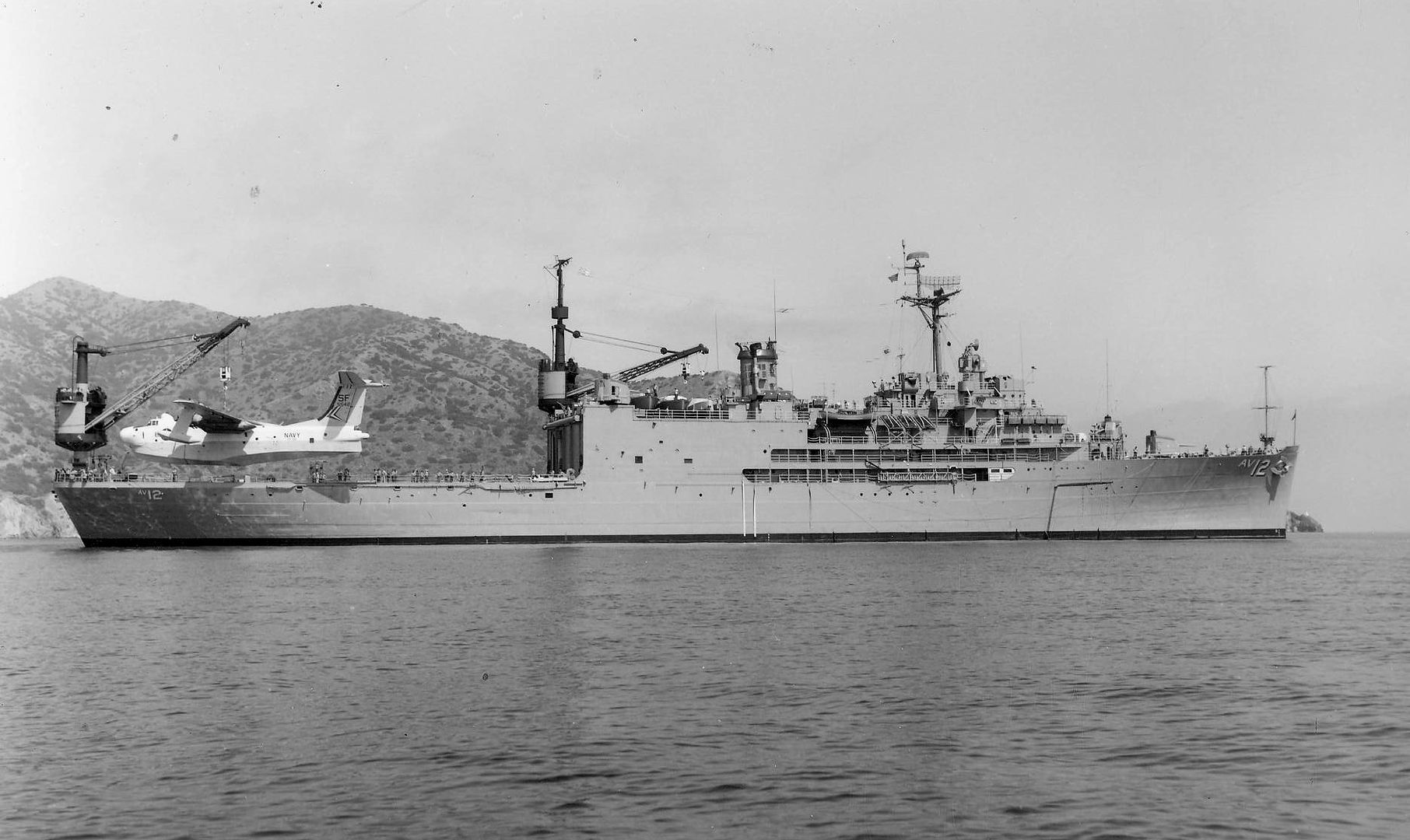
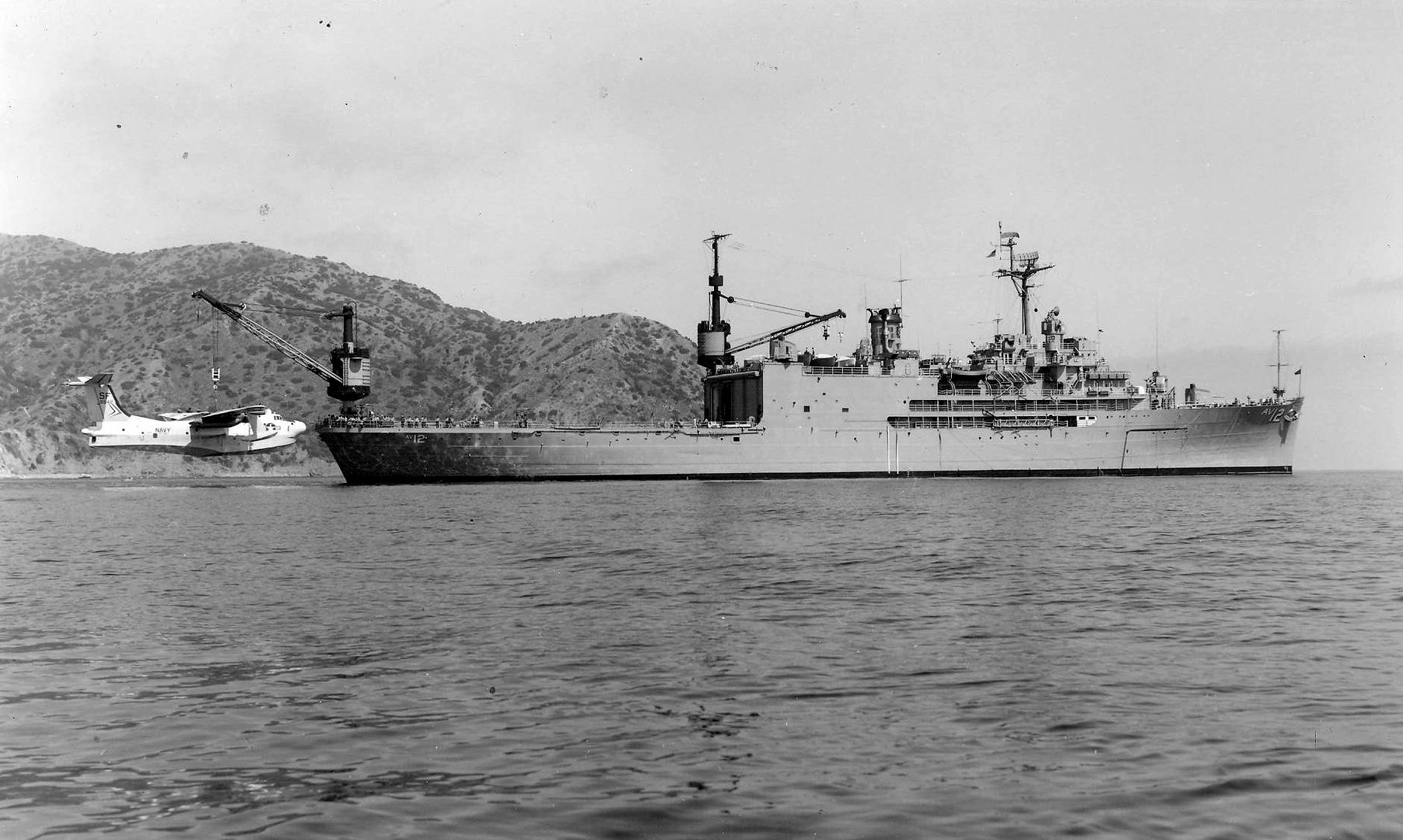
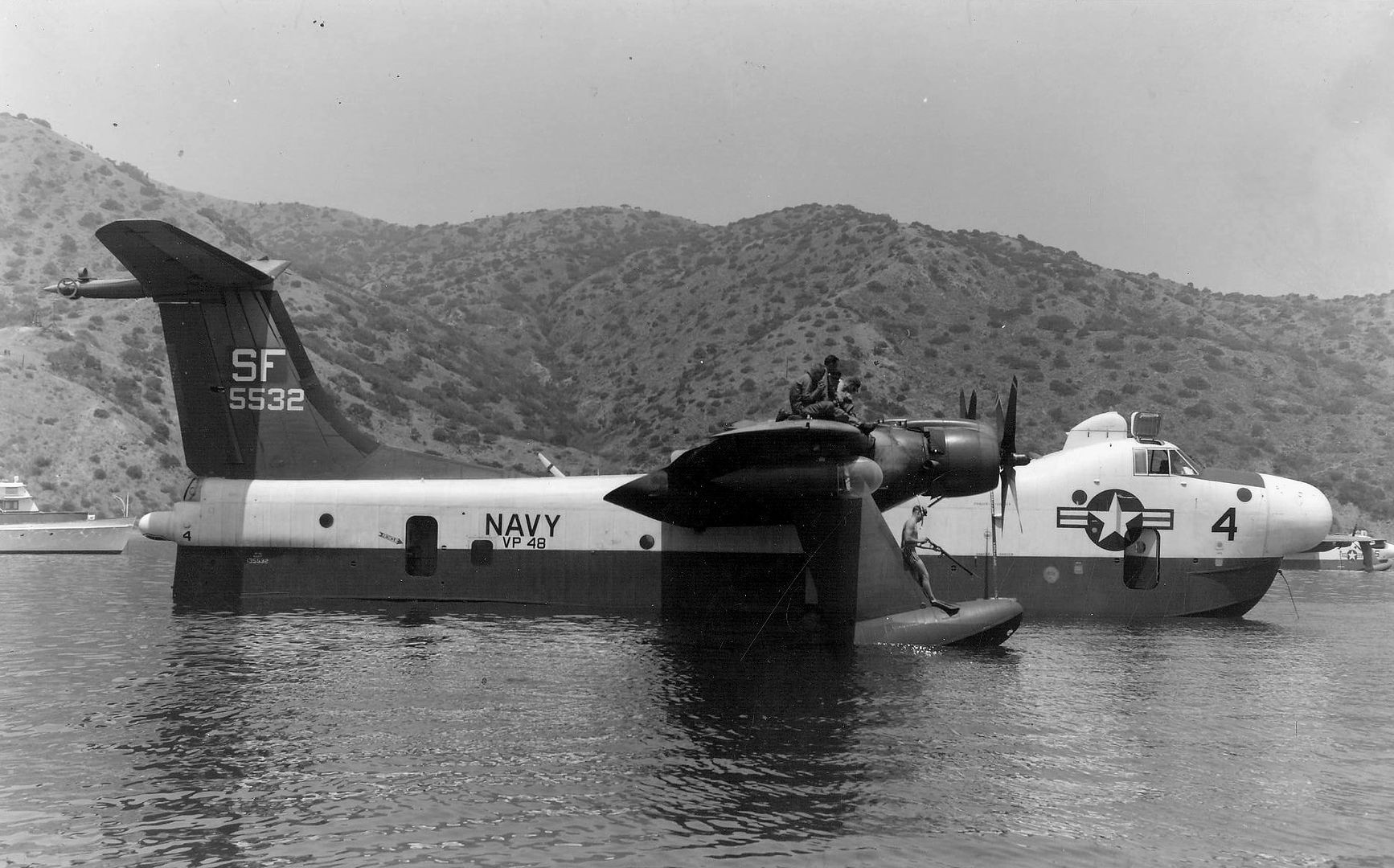
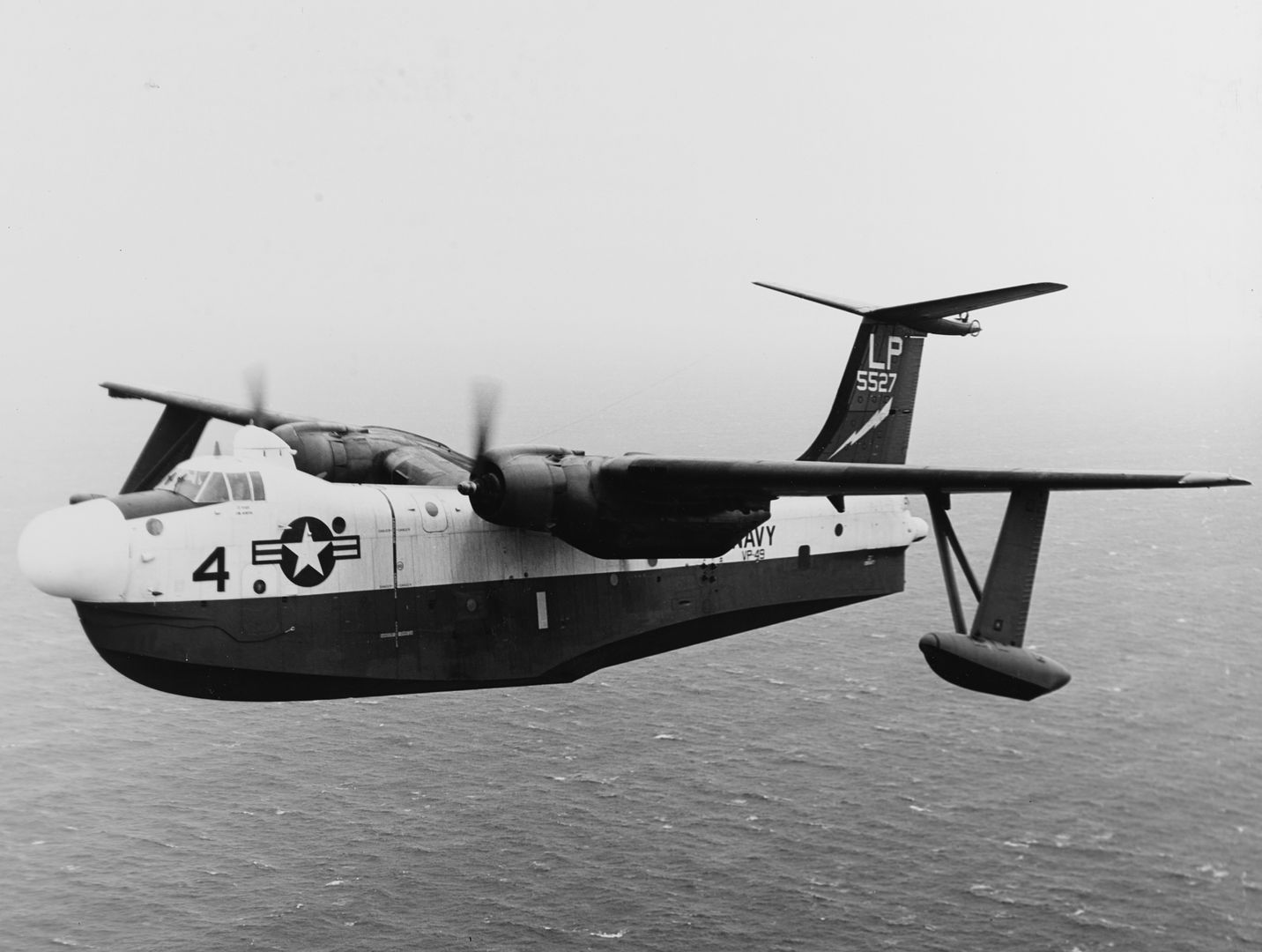
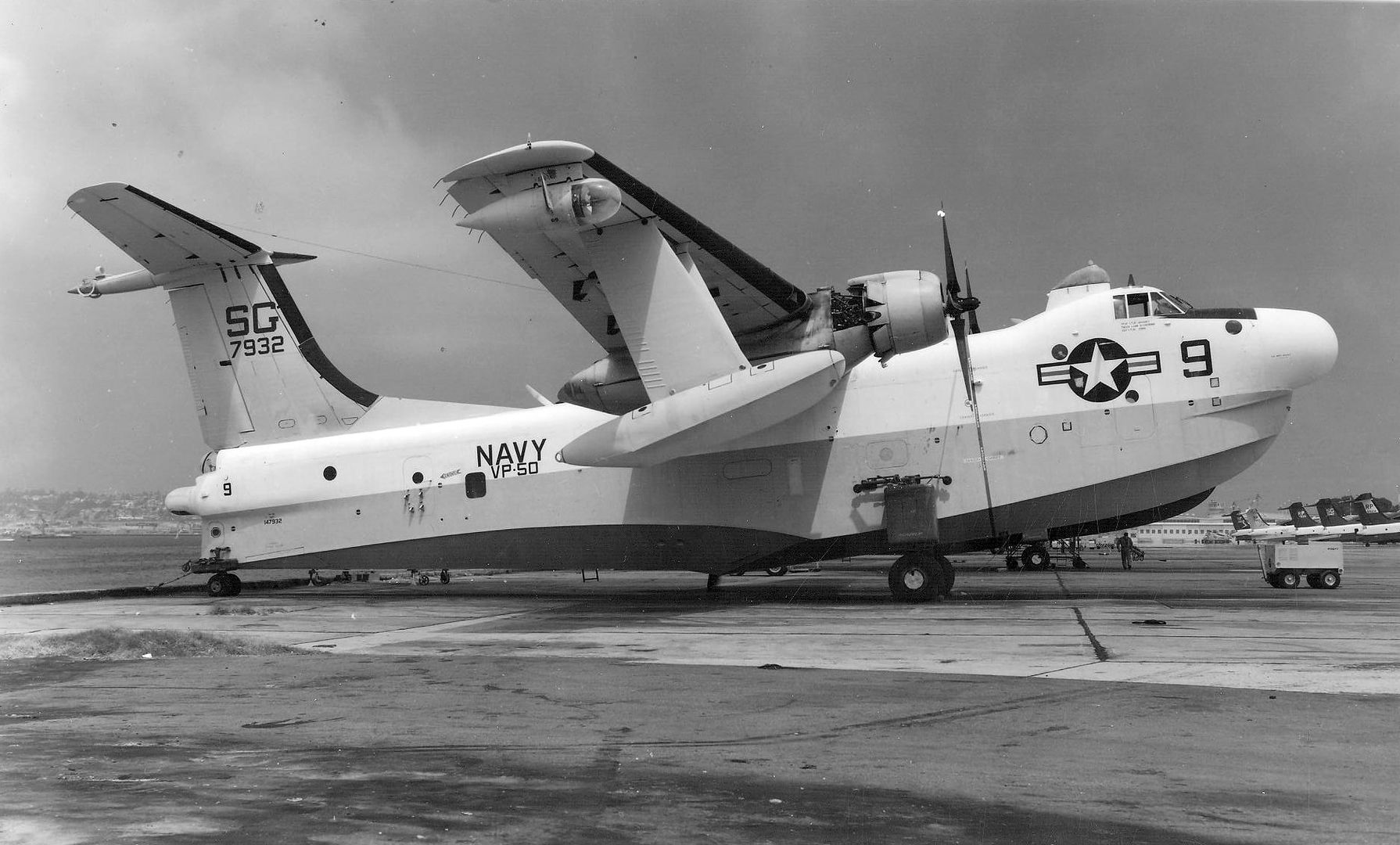
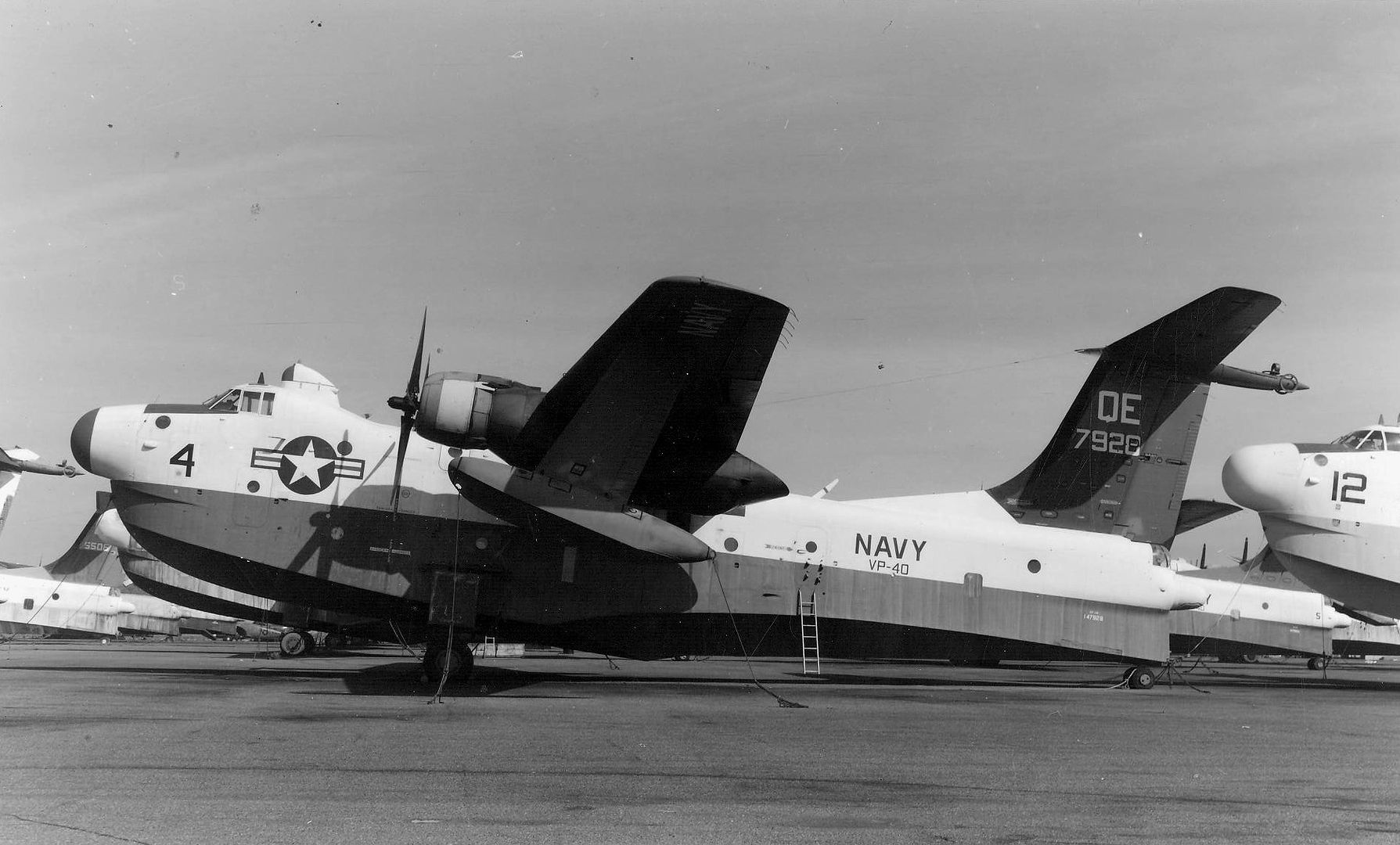
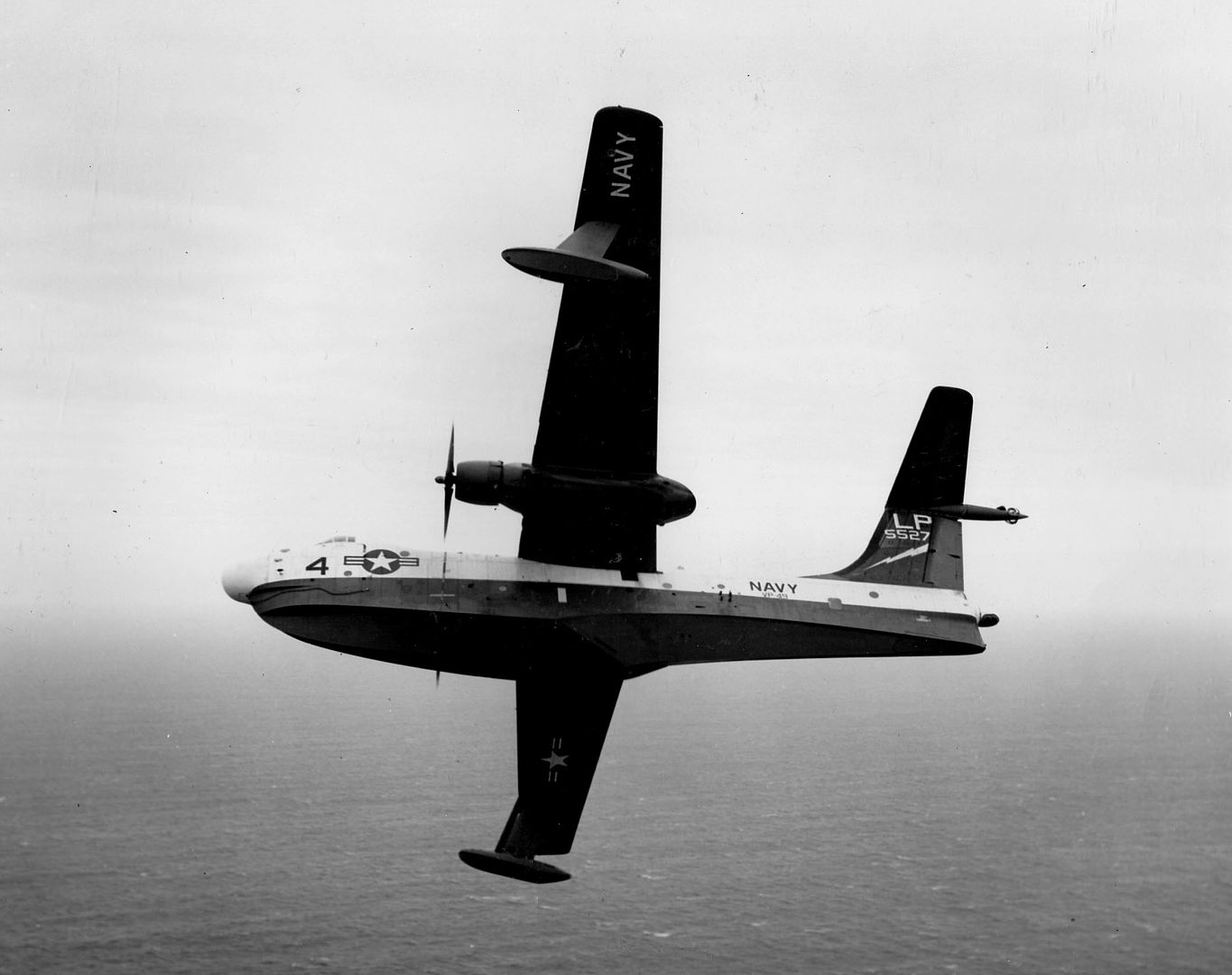
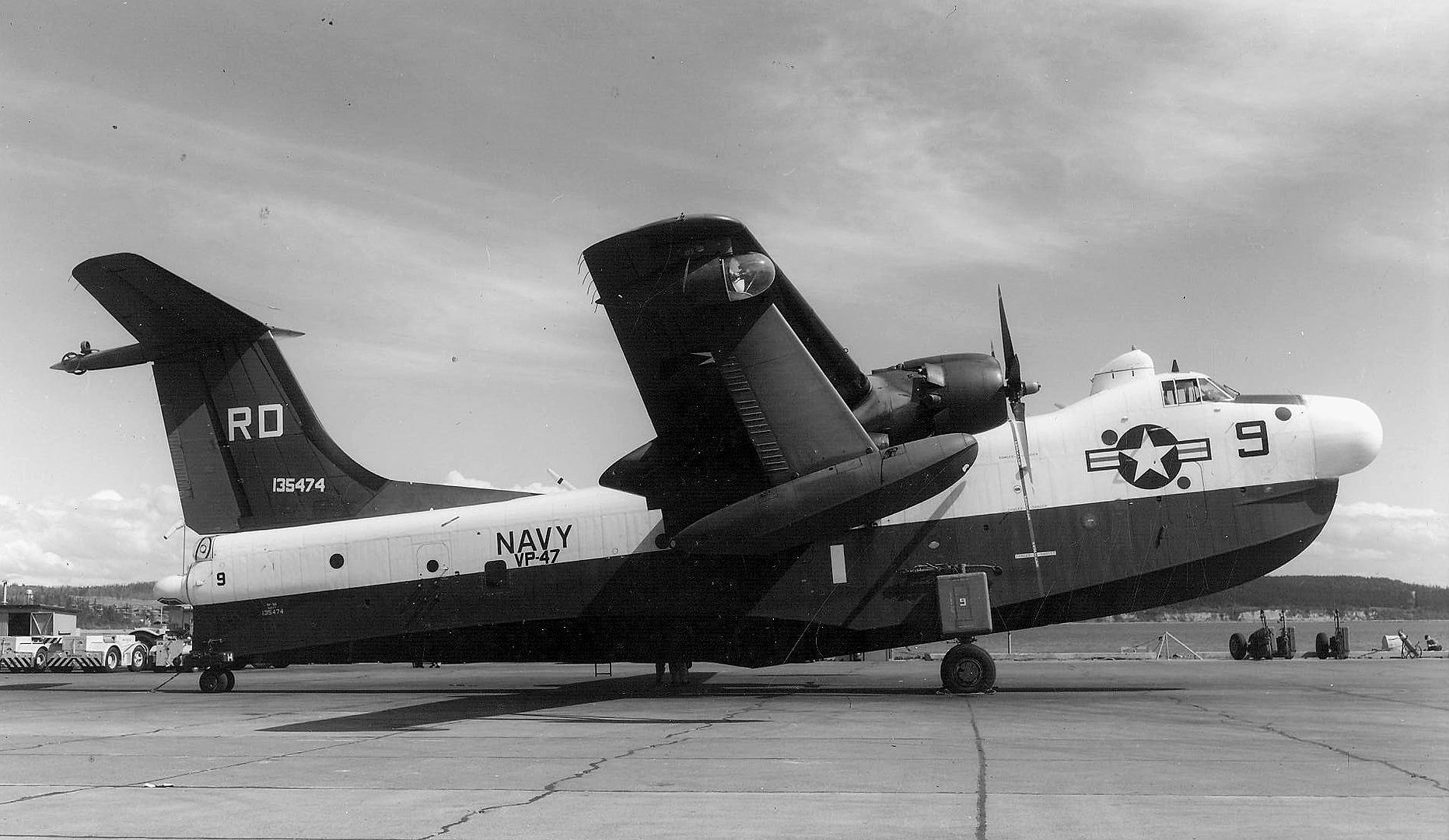

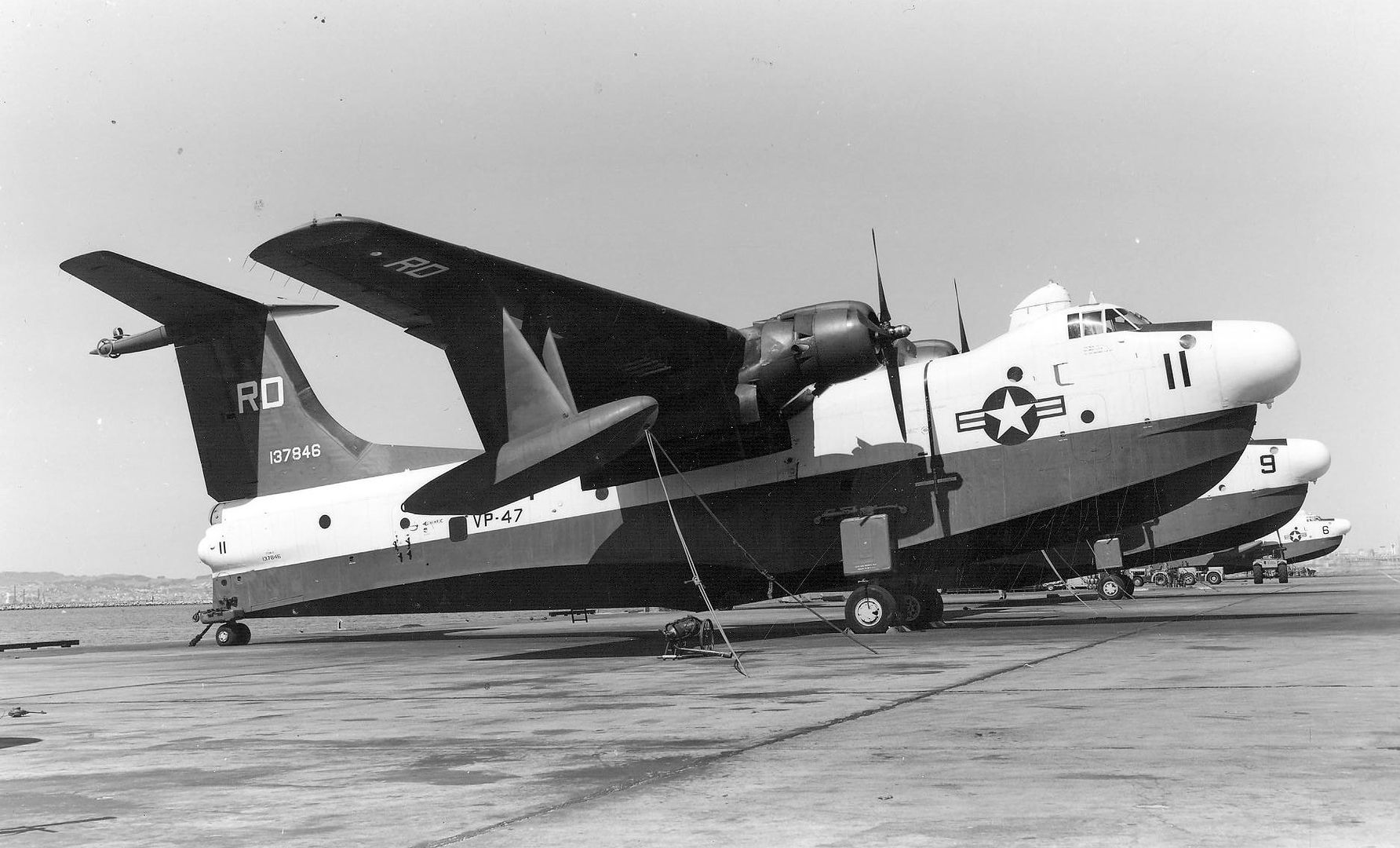

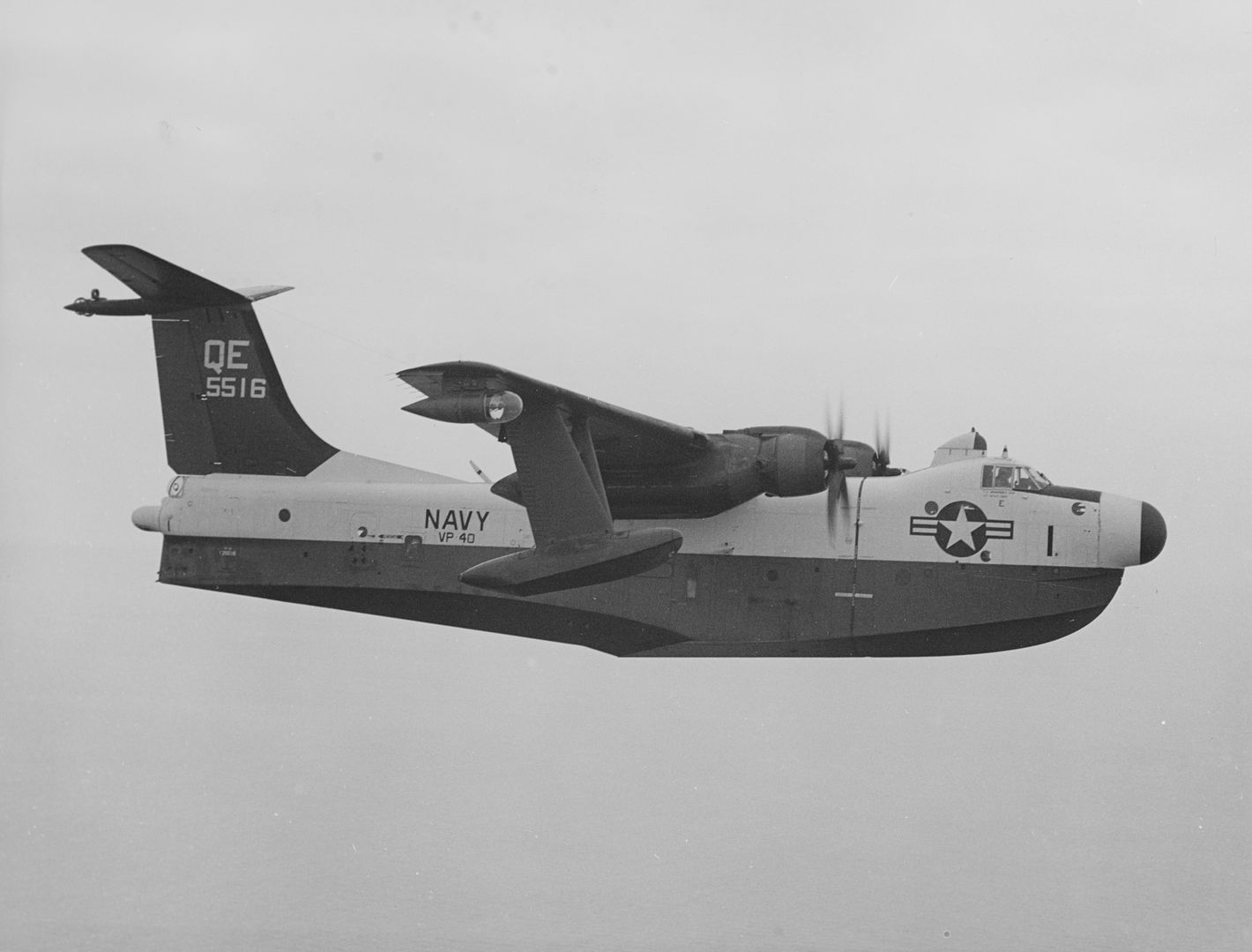
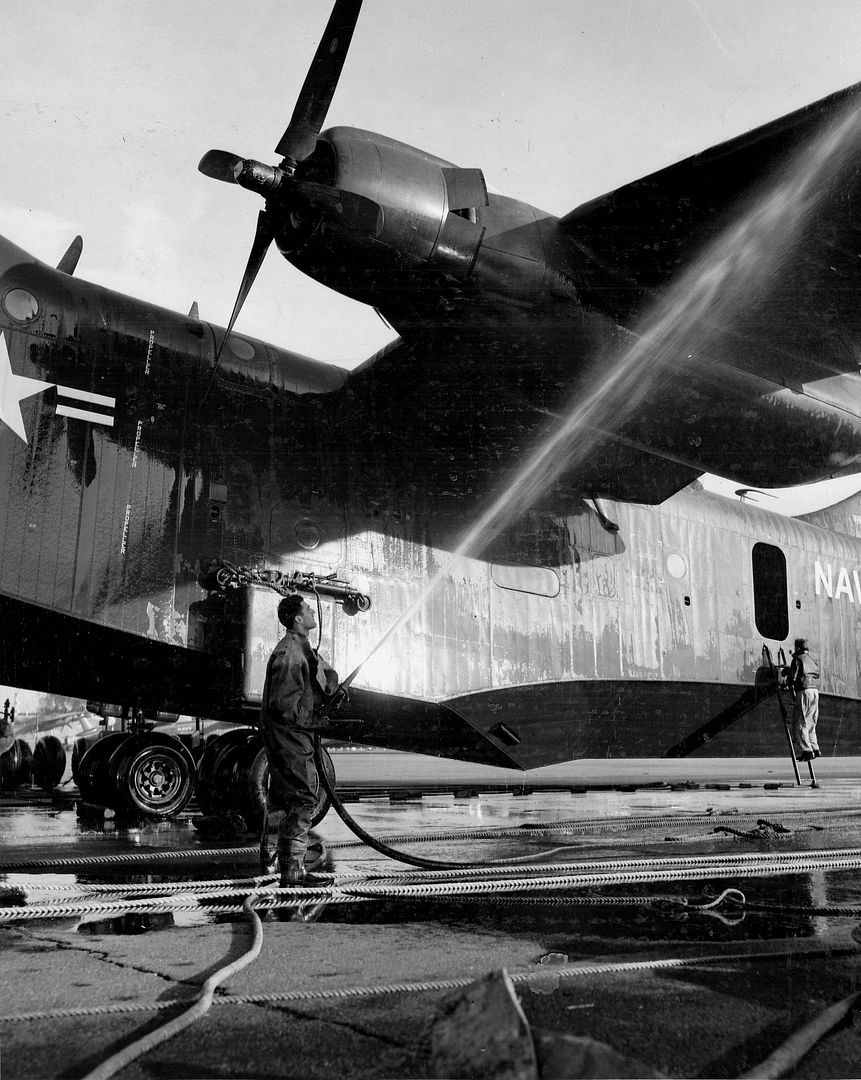


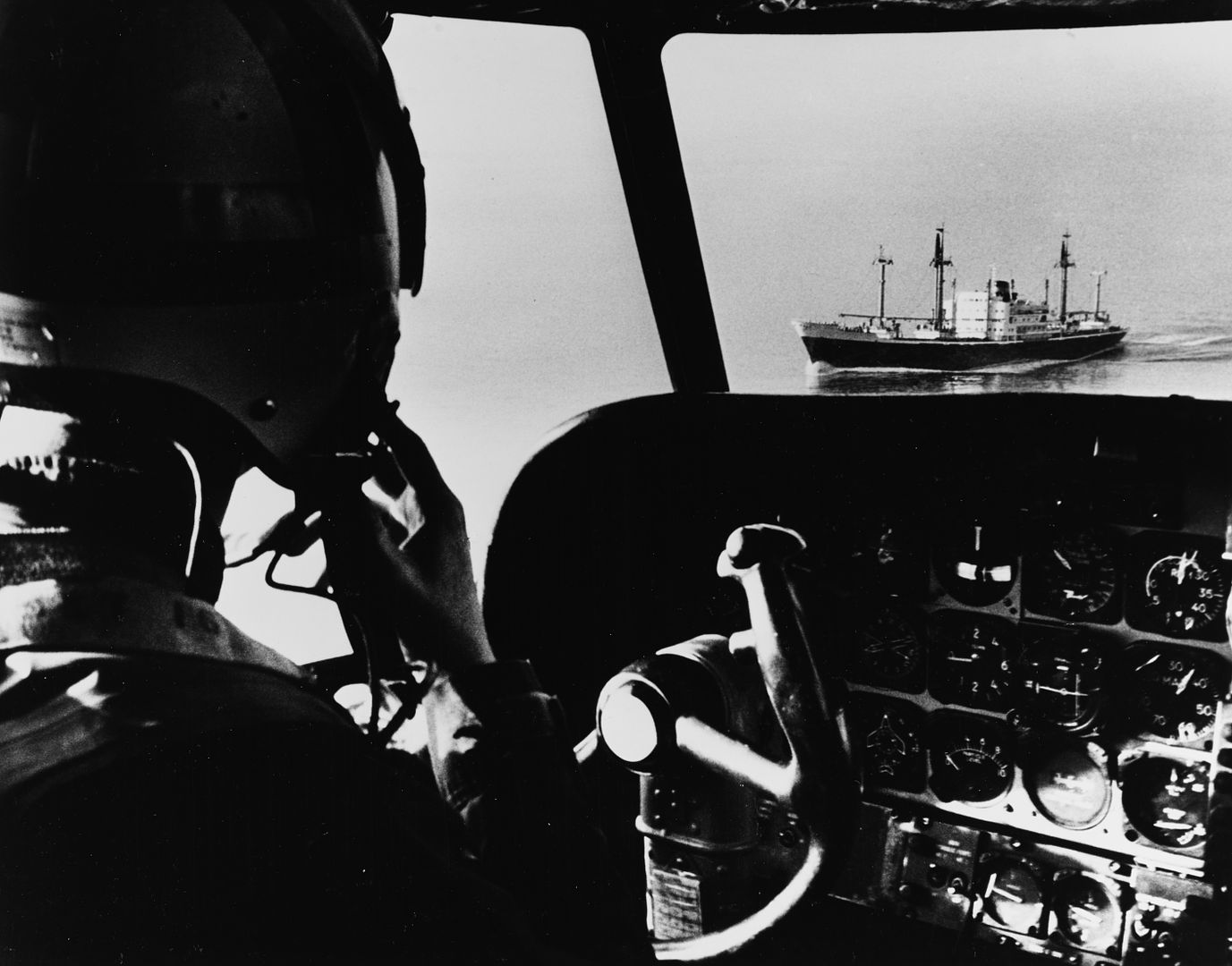
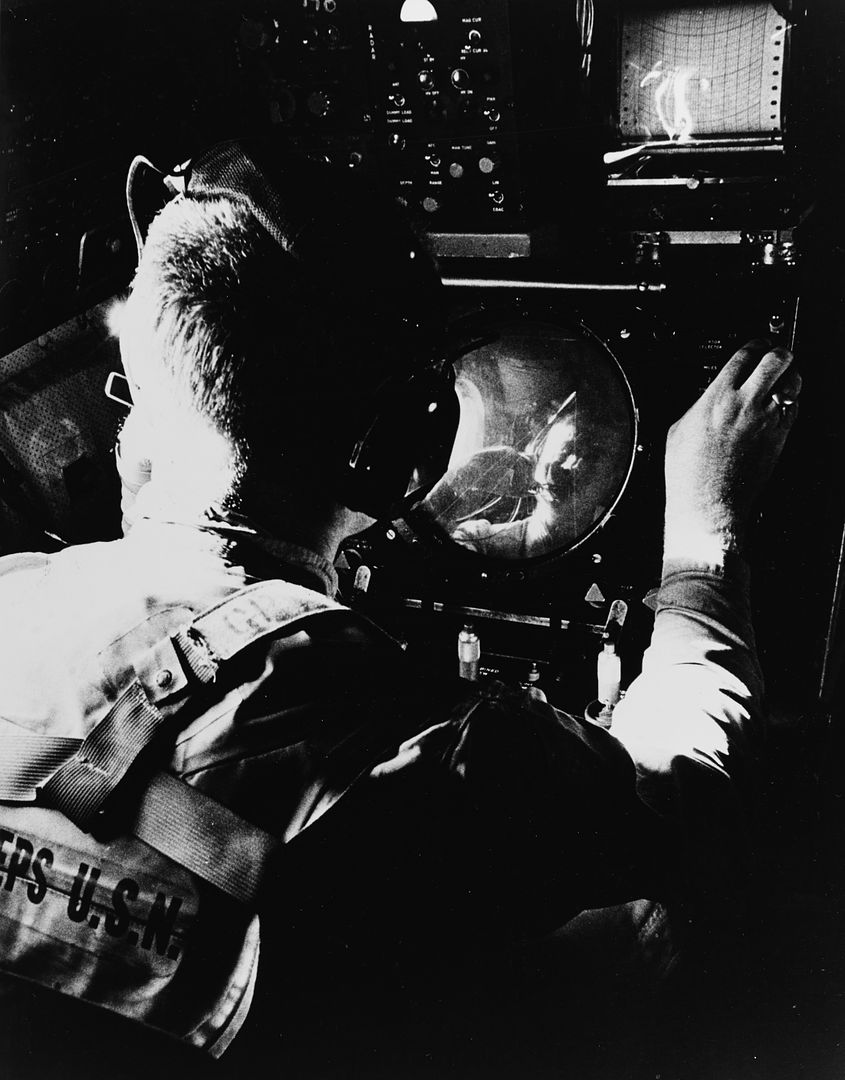
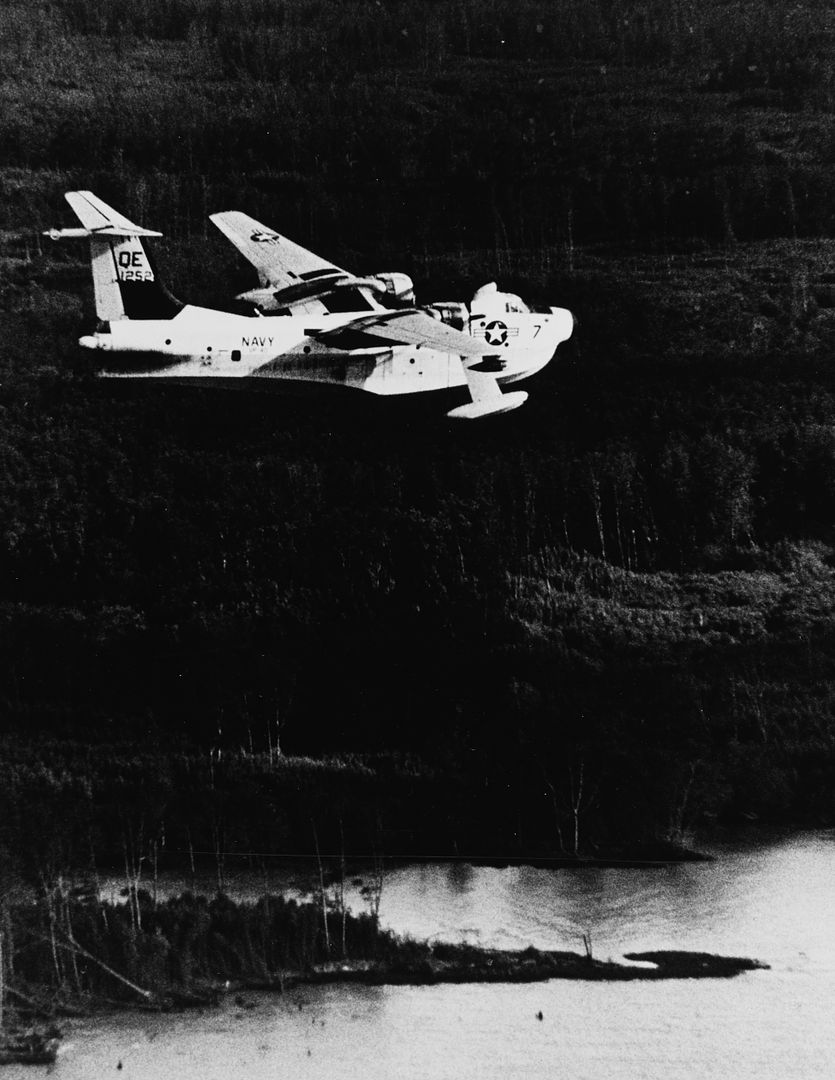
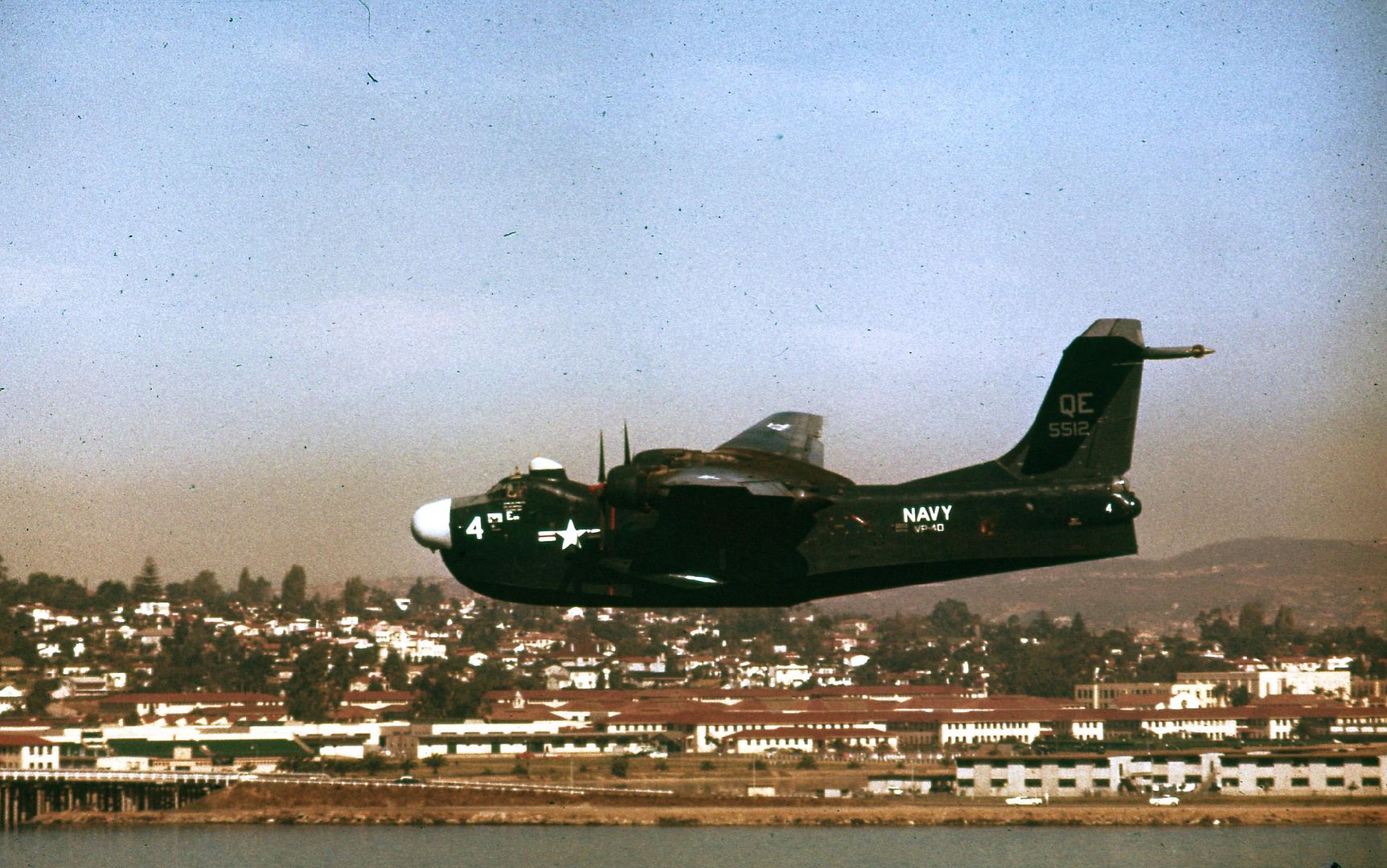

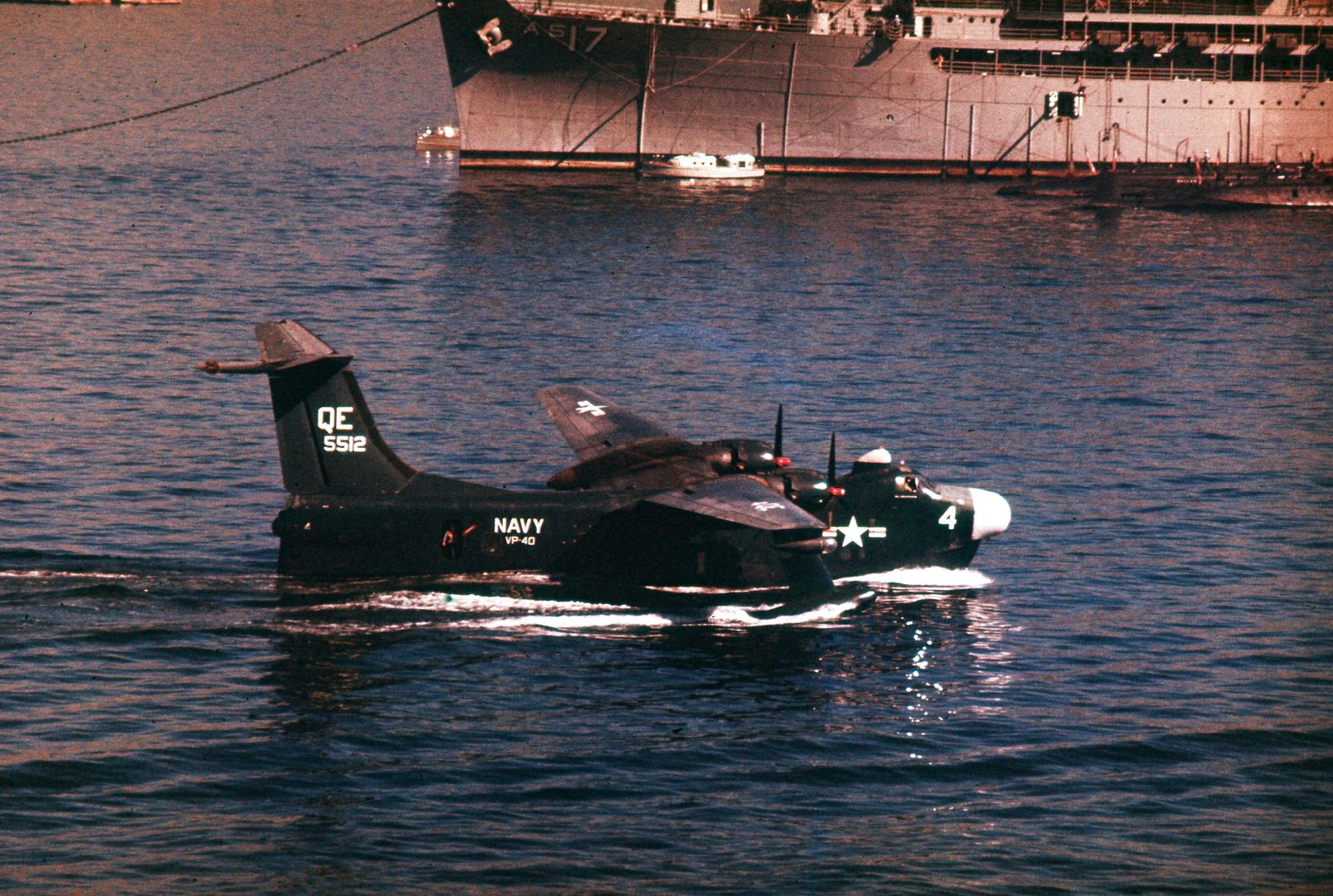
MARTIN P5M-2 MARLIN:
_____________________ _________________ _______________________
spec metric english
_____________________ _________________ _______________________
wingspan 36.02 meters 118 feet 2 inches
wing area 130.6 sq_meters 1,406 sq_feet
length 30.66 meters 100 feet 7 inches
height 9.97 meters 32 feet 8 inches
empty weight 22,900 kilograms 50,485 pounds
max loaded weight 38,555 kilograms 85,000 pounds
maximum speed 400 KPH 250 MPH / 220 KT
service ceiling 7,315 meters 24,000 feet
range 3,300 kilometers 2,205 MI / 1,920 NMI
_____________________ _________________ _______________________
The US Navy received 103 P5M-2s, while the French Aeronavale received 10, which equipped Flotille 27F and operated out of Dakar in West Africa. The US Navy P5M-2s were also updated to an optimized ASW specification in the late 1950s, much like that of the P5M-1S, and were of course given the new designation "P5M-2S". Some of these machines were modified in the mid-1960s to test a jet booster engine, fitted in the tail.
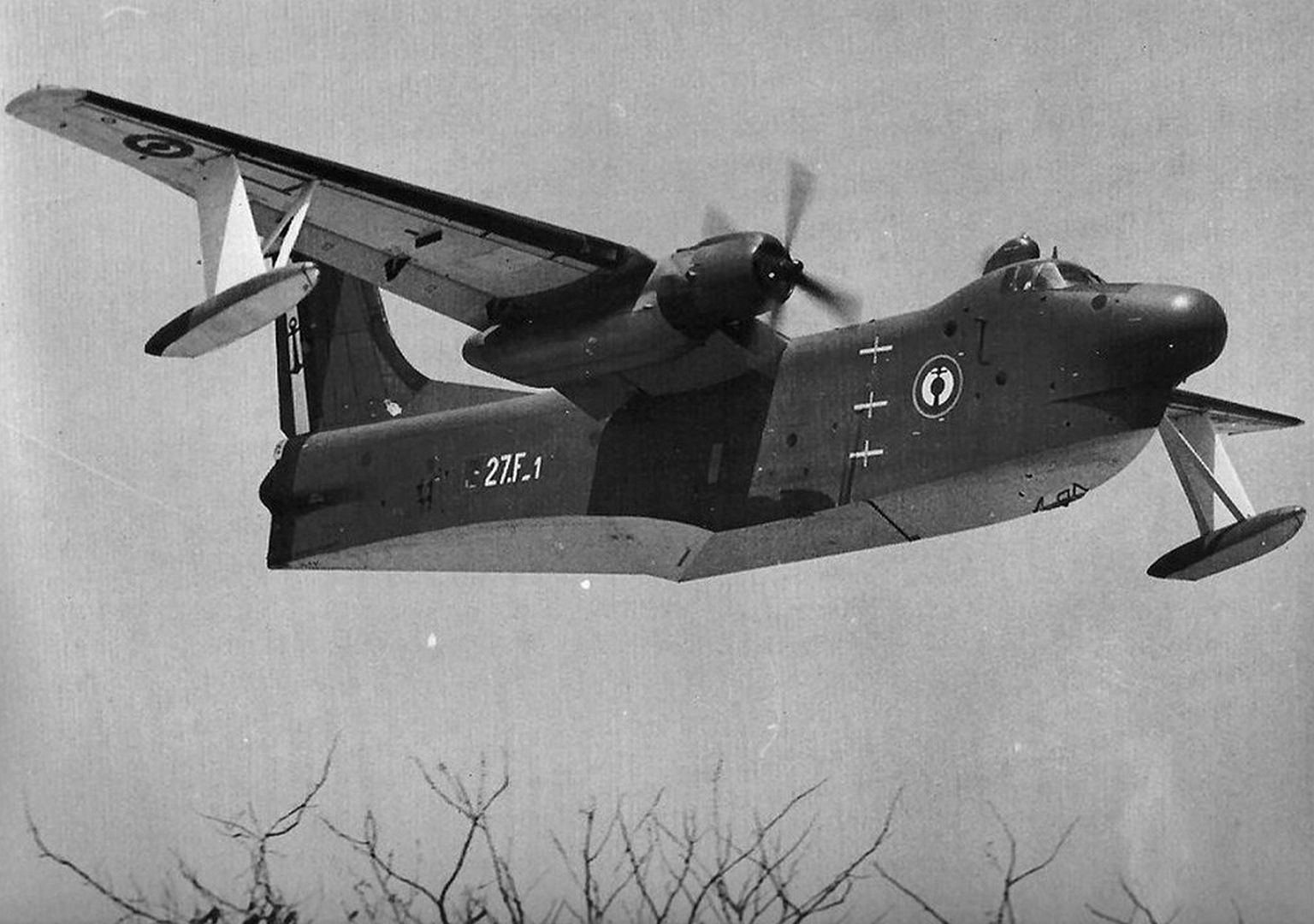
The Coast Guard received four new-build P5M-2s in 1956, which were given the designation "P5M-2G". They were configured much like the P5M-1G, being intended for SAR and lacking most combat gear. They were also phased out in 1960, being handed to the Navy for use as "P5M-2T" trainers.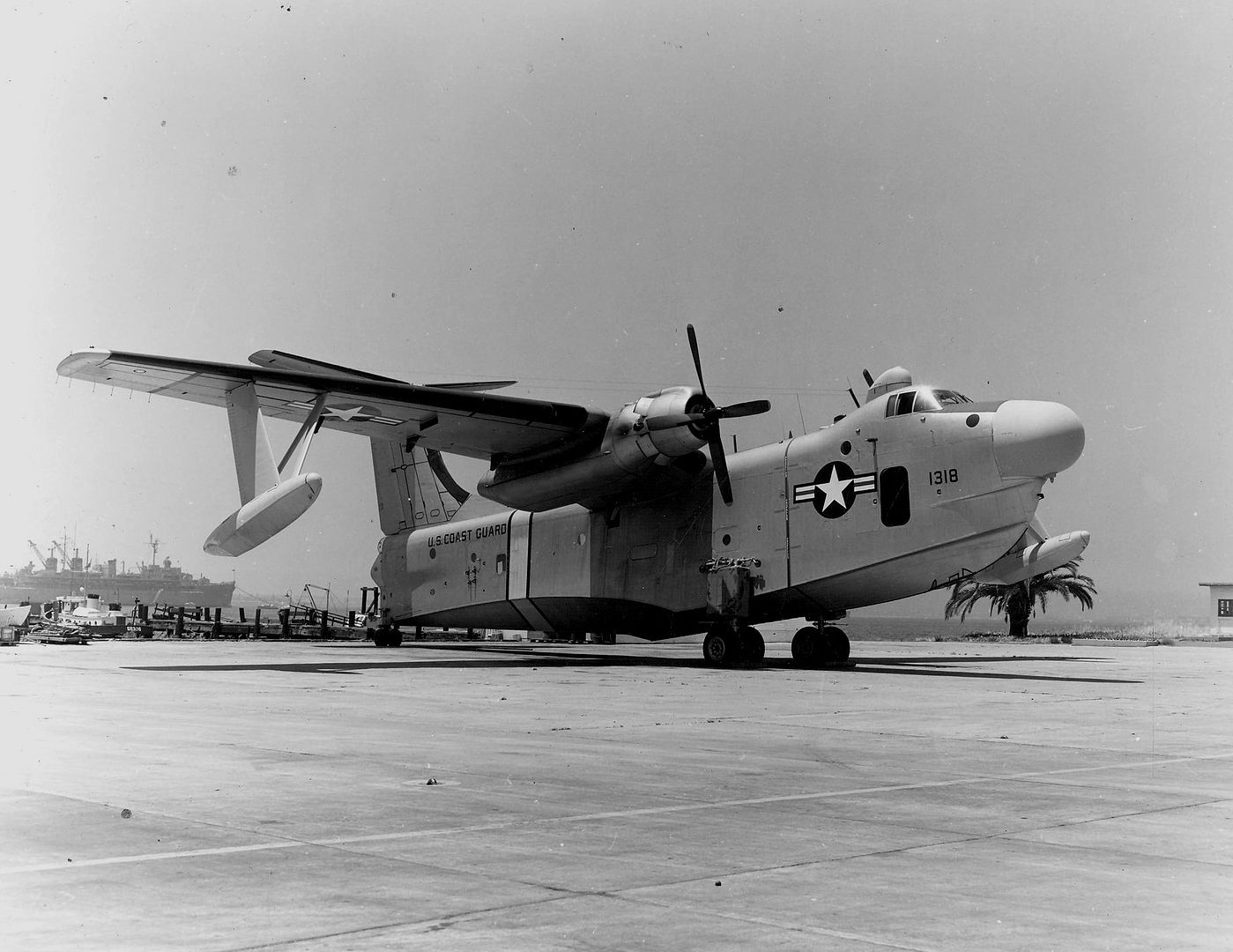
MARLIN PRODUCTION SUMMARY
______________________________________________________________
XP5M-1 1 Initial prototype.
P5M-1 160 Initial production machine.
P5M-1G 7 USCG variant.
P5M-2 113 Second major production variant.
P5M-2G 4 USCG variant.
______________________________________________________________
SUM 285
______________________________________________________________
* In the mid-1950s, Martin worked on a four-engine follow-on to the Marlin, originally designated the "P5M-3 / Model 313" and then, with changes including fit of turbojet engine to provide a "boundary layer control" system that would reduce take-off run, the "P7M-1 / Model 313". A mockup was built in 1956, but that was as far as it got.
With the new multiservice designation scheme introduced in September 1962, Marlins still in US service were redesignated as follows:
P5M-1: P-5A (normal fit)
SP-5A (ASW gear fit)
TP-5A (crew trainer)
P5M-2: SP-5B
Although US Navy Marlins performed coastal patrol in the Vietnam War, they were mostly out of service by 1965. The very last formal US Navy flying boat flight, with a Marlin, was in 1967. The Aeronavale operated their Marlins until 1974, when France withdrew from NATO and returned the flying boats to the US Navy.
The Marlin was Martin's last full-production flying boat, and the last flying boat in operational service with any NATO nation. At least one Marlin is still in existence, at the US Naval Aviation Museum in Pensacola, Florida.
Text by Greg Goebel Thanks
Post a reply
- Go to Previous topic
- Go to Next topic
- Go to Welcome
- Go to Introduce Yourself
- Go to General Discussion
- Go to Screenshots, Images and Videos
- Go to Off topic
- Go to Works in Progress
- Go to Skinning Tips / Tutorials
- Go to Skin Requests
- Go to IJAAF Library
- Go to Luftwaffe Library
- Go to RAF Library
- Go to USAAF / USN Library
- Go to Misc Library
- Go to The Ops Room
- Go to Made in Germany
- Go to Campaigns and Missions
- Go to Works in Progress
- Go to Juri's Air-Raid Shelter
- Go to Campaigns and Missions
- Go to Works in Progress
- Go to Skinpacks
- Go to External Projects Discussion
- Go to Books & Resources
